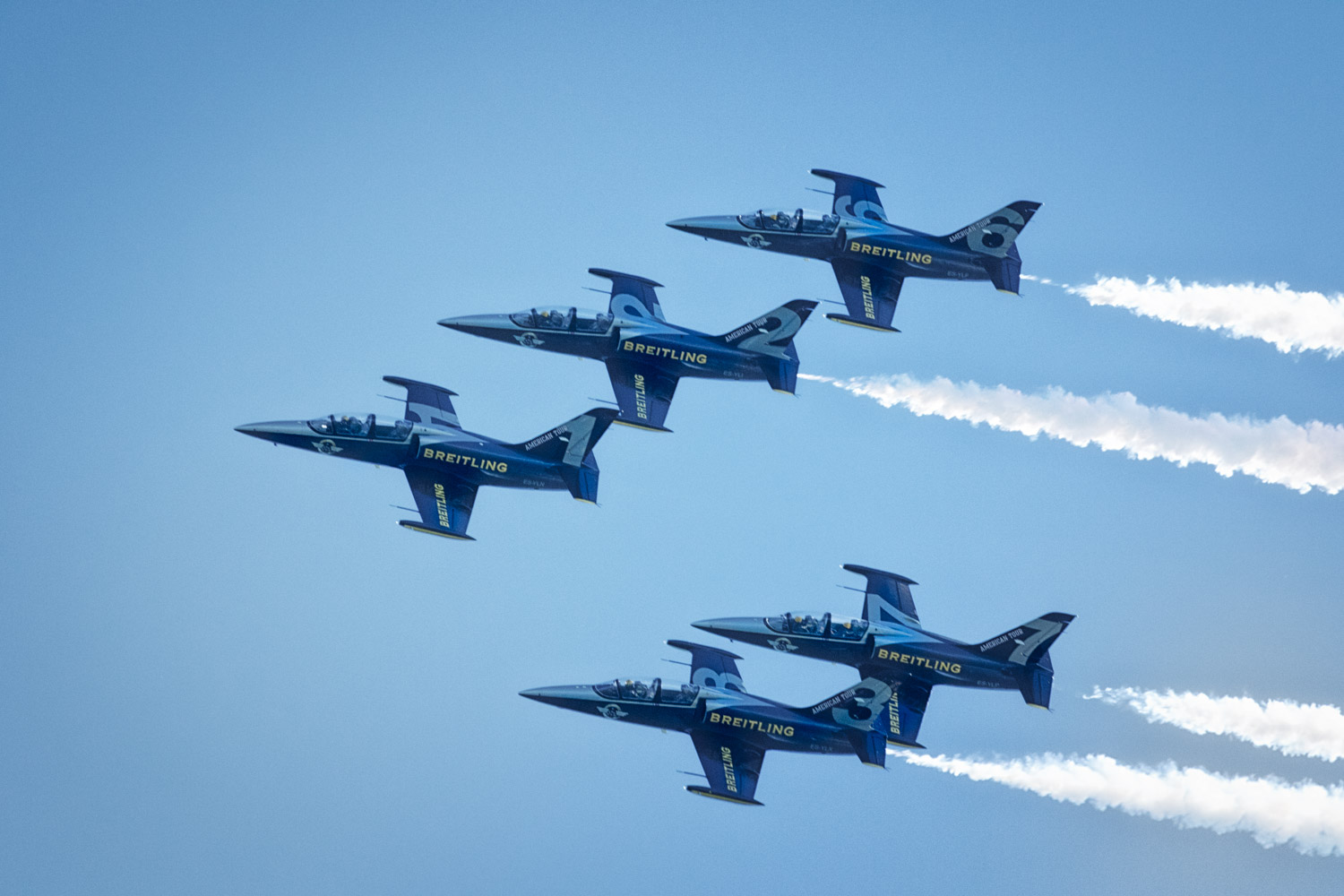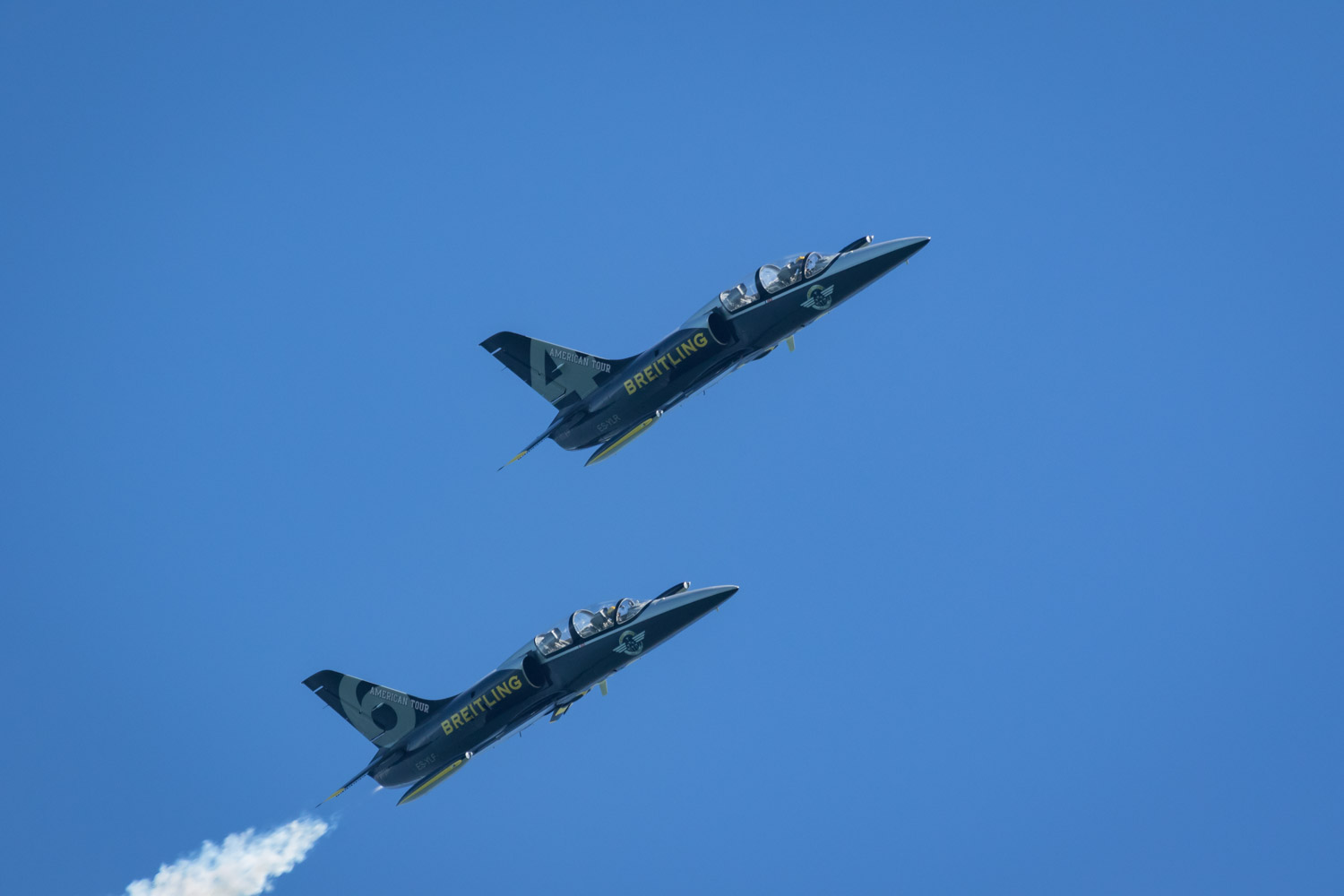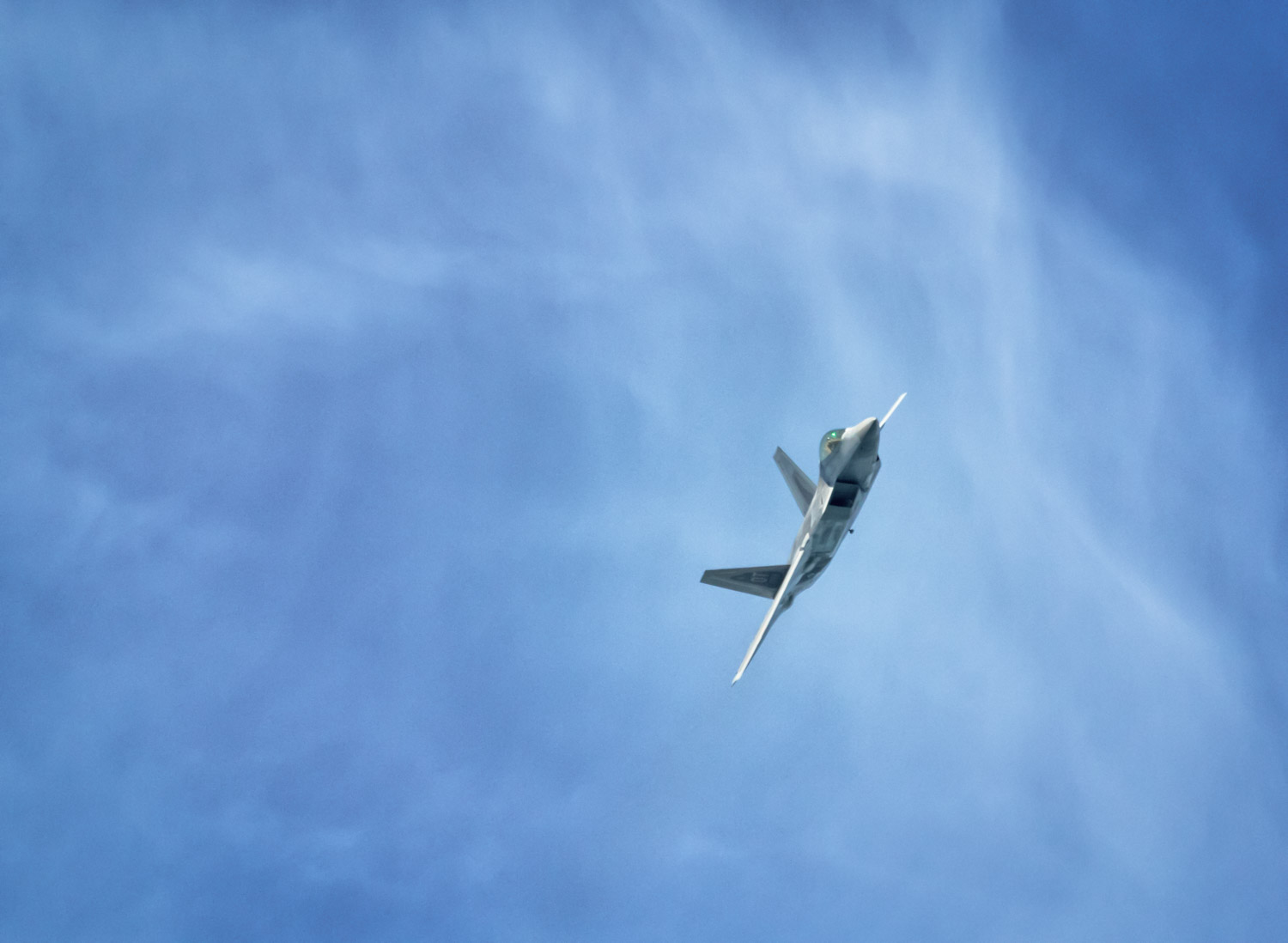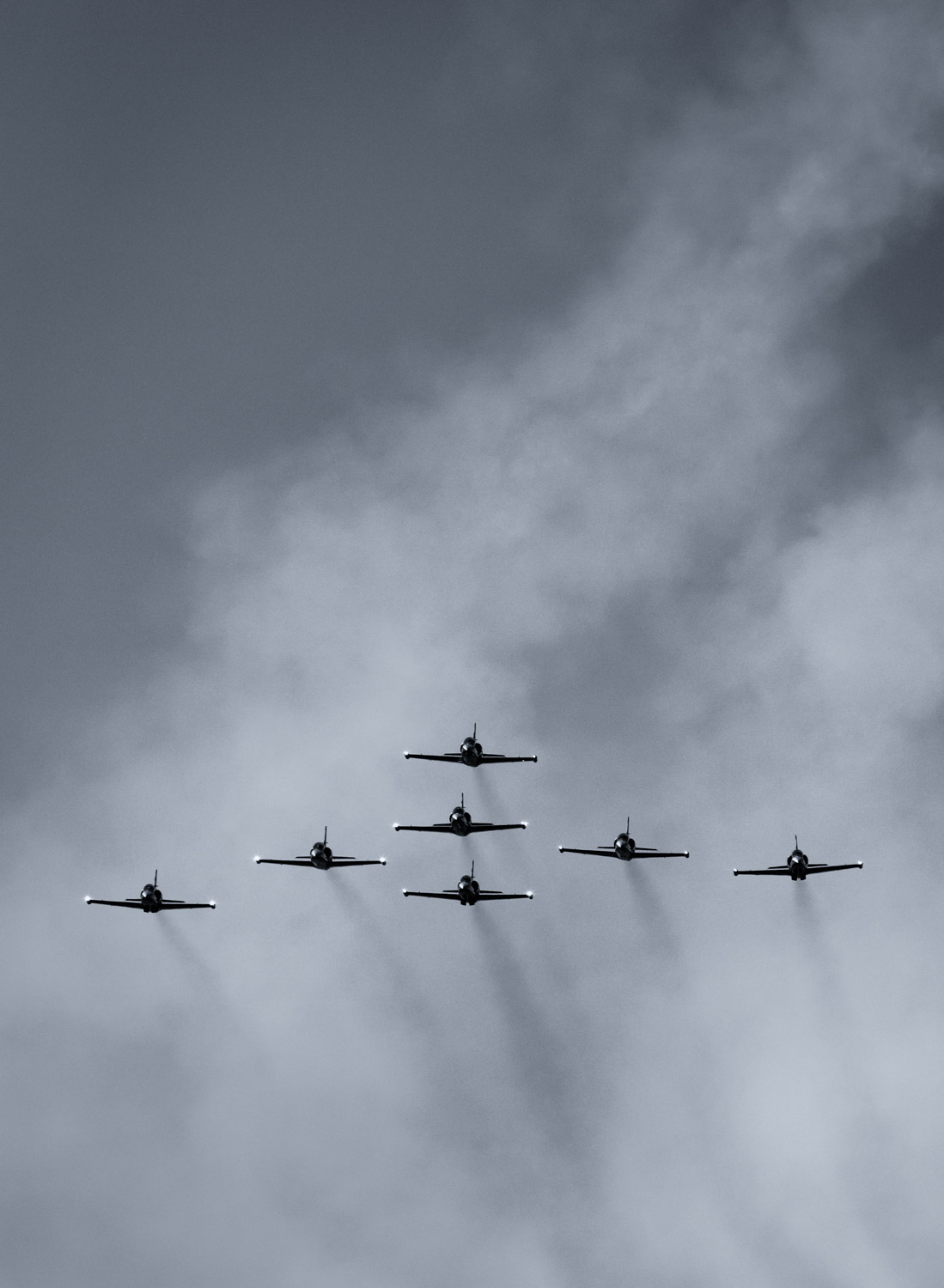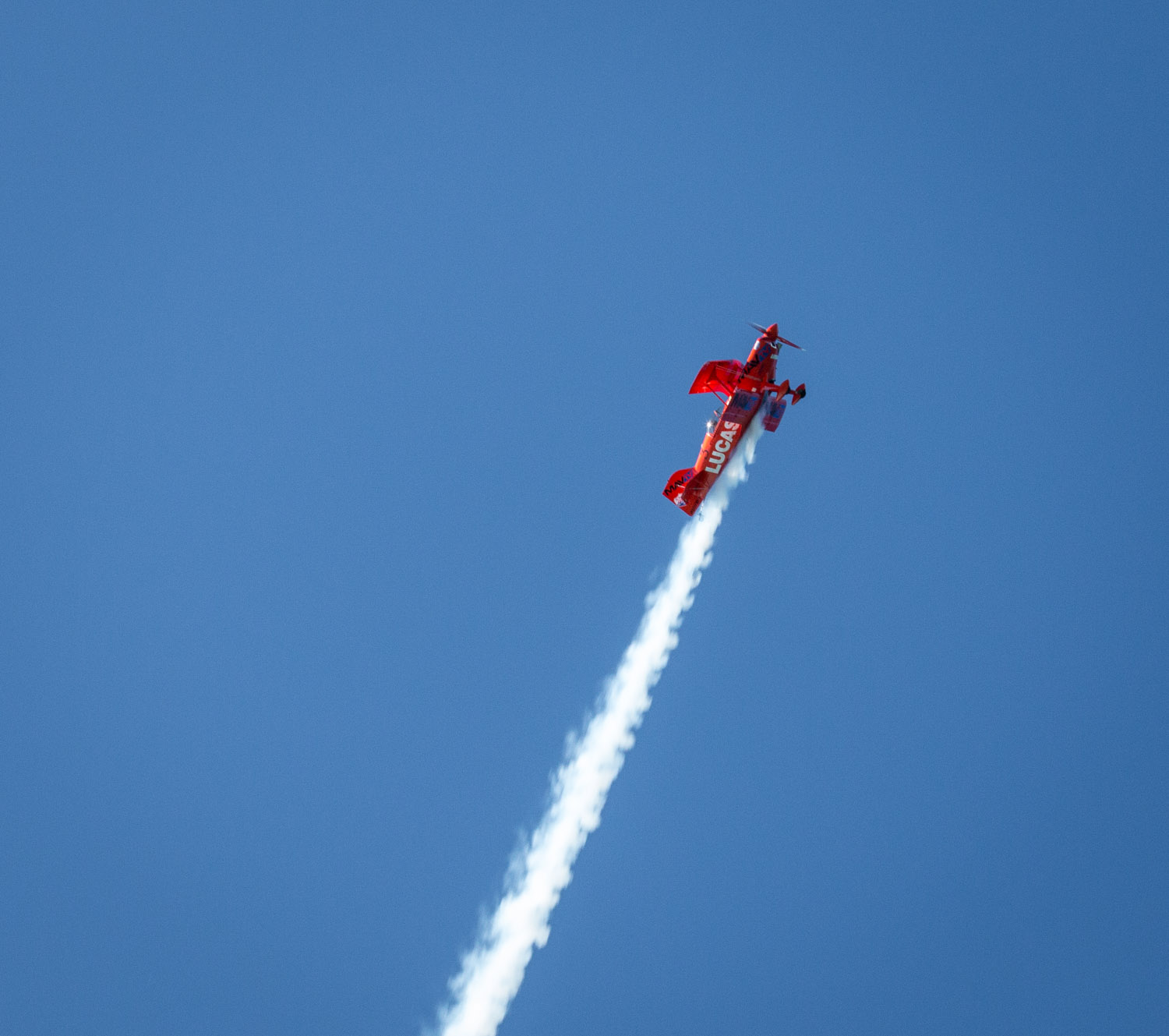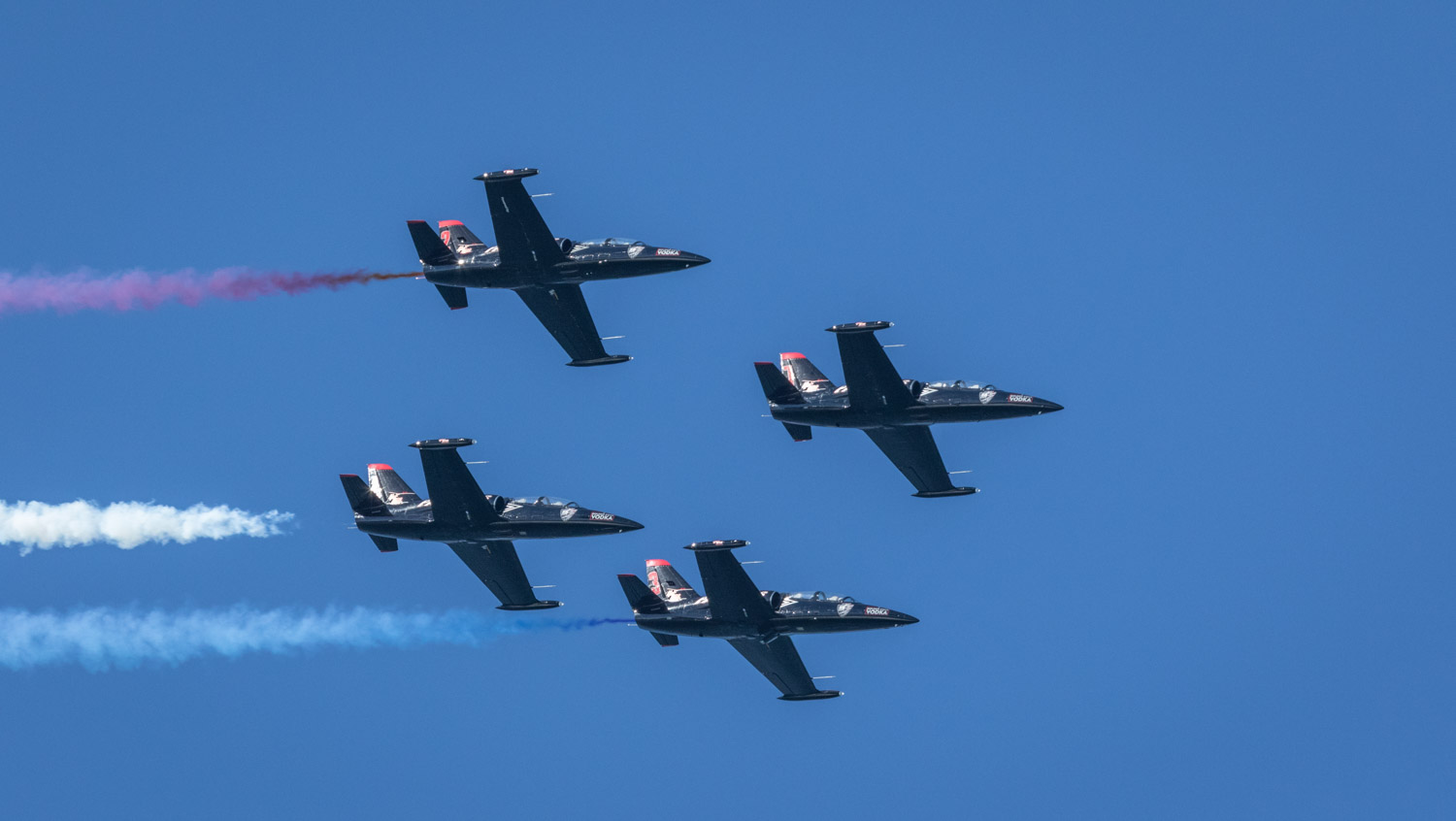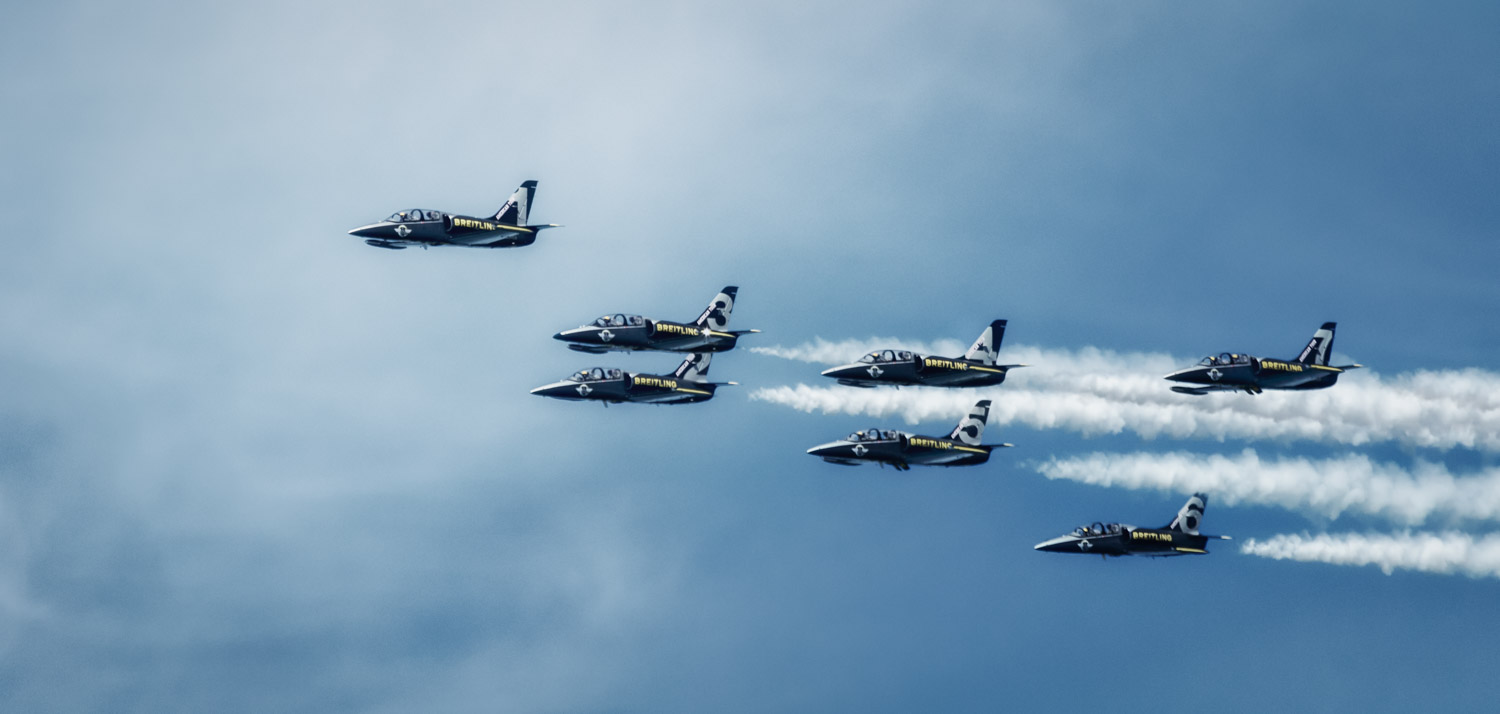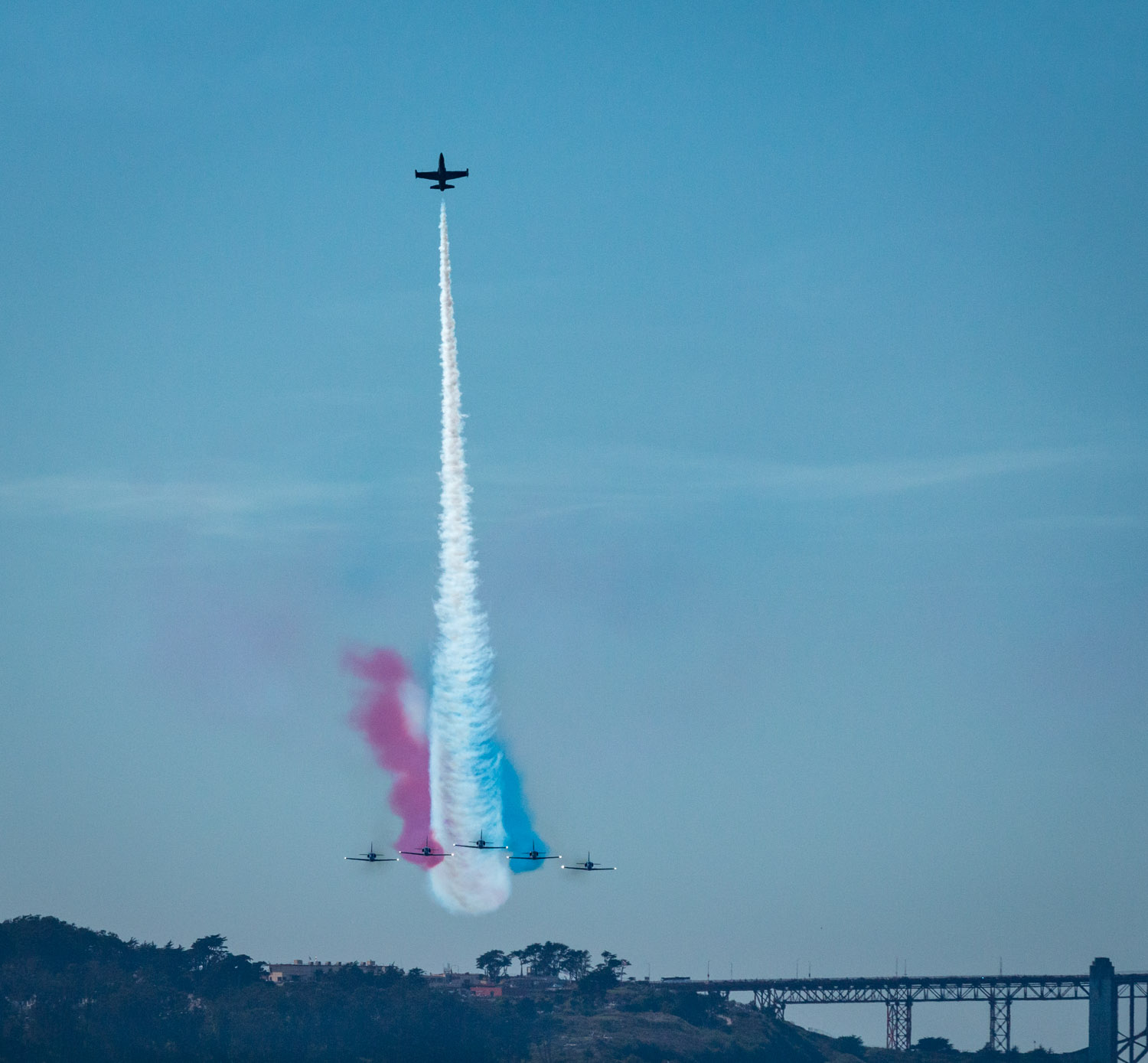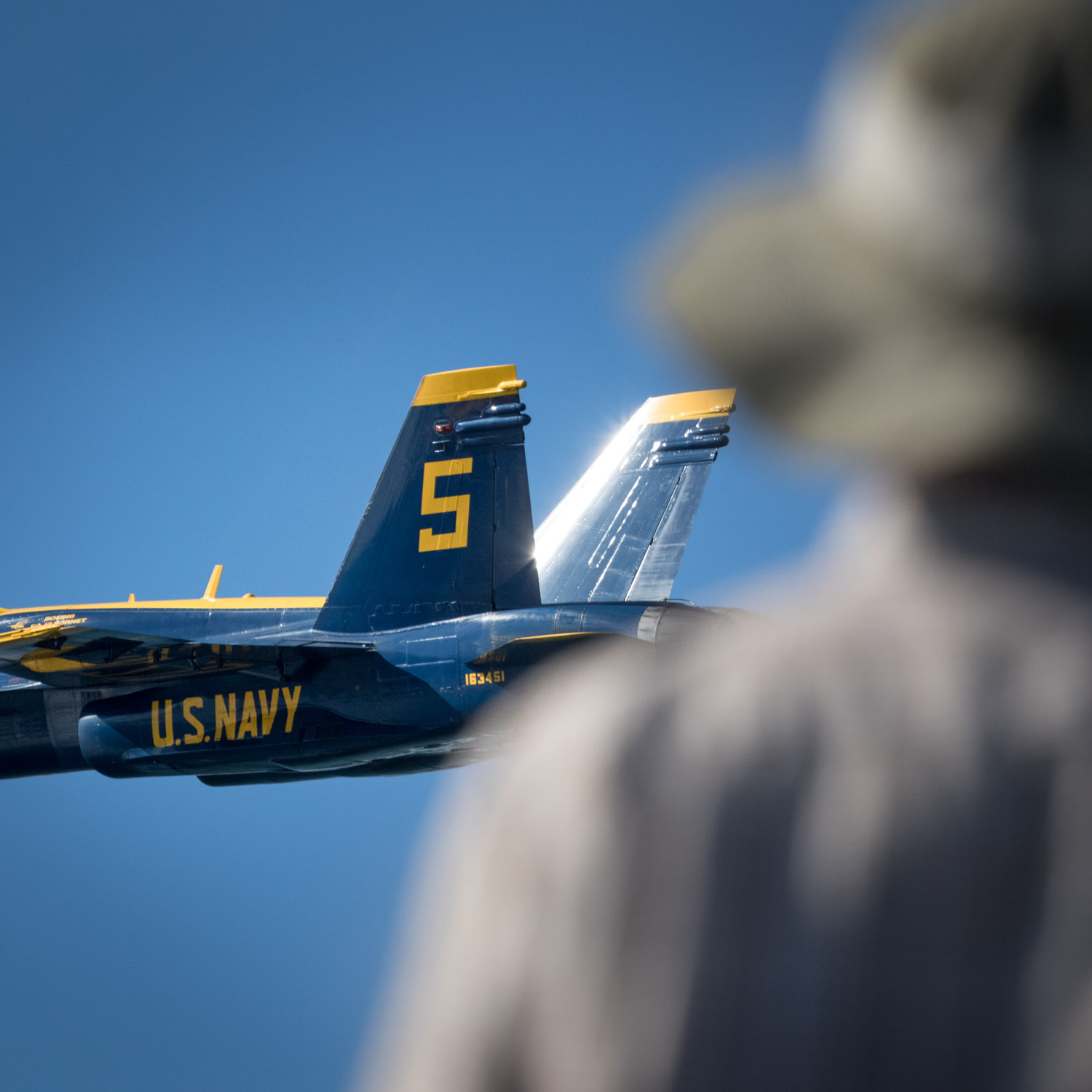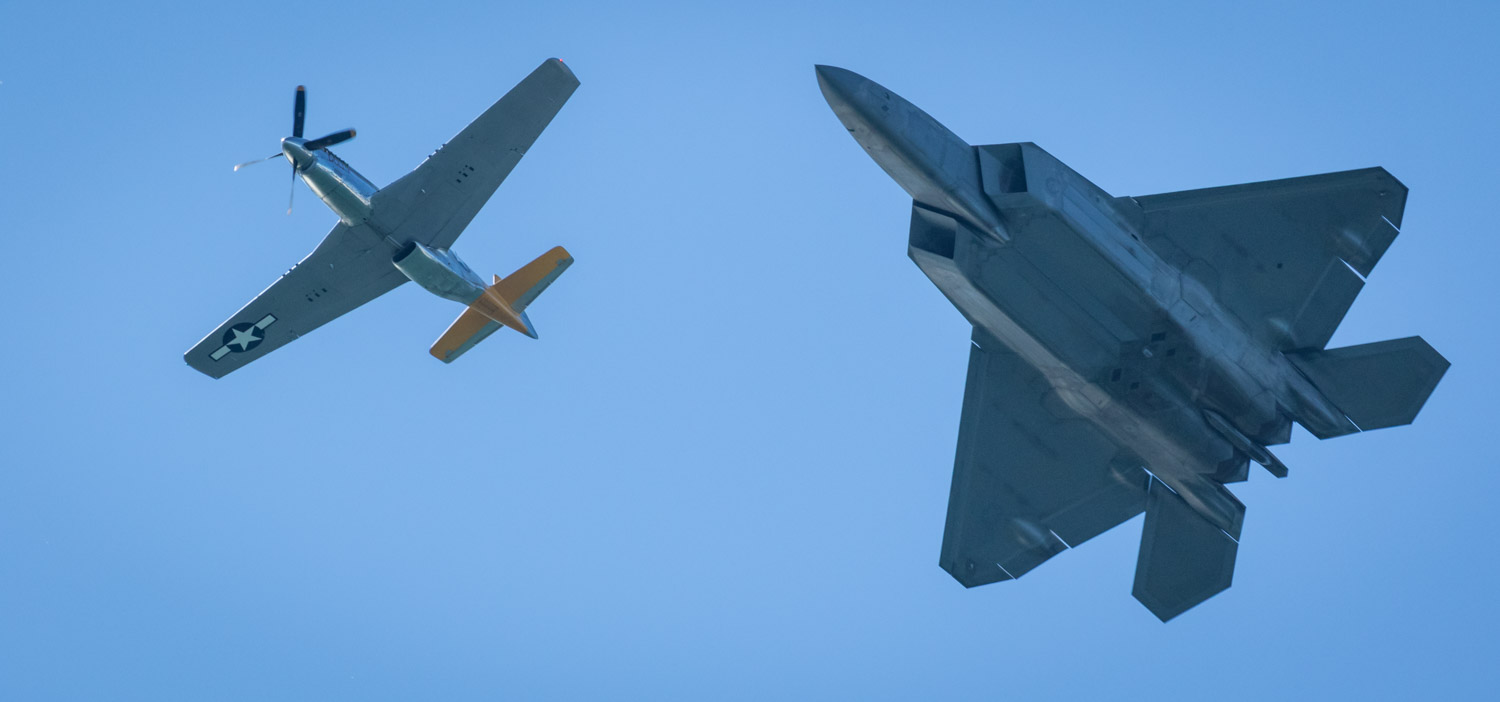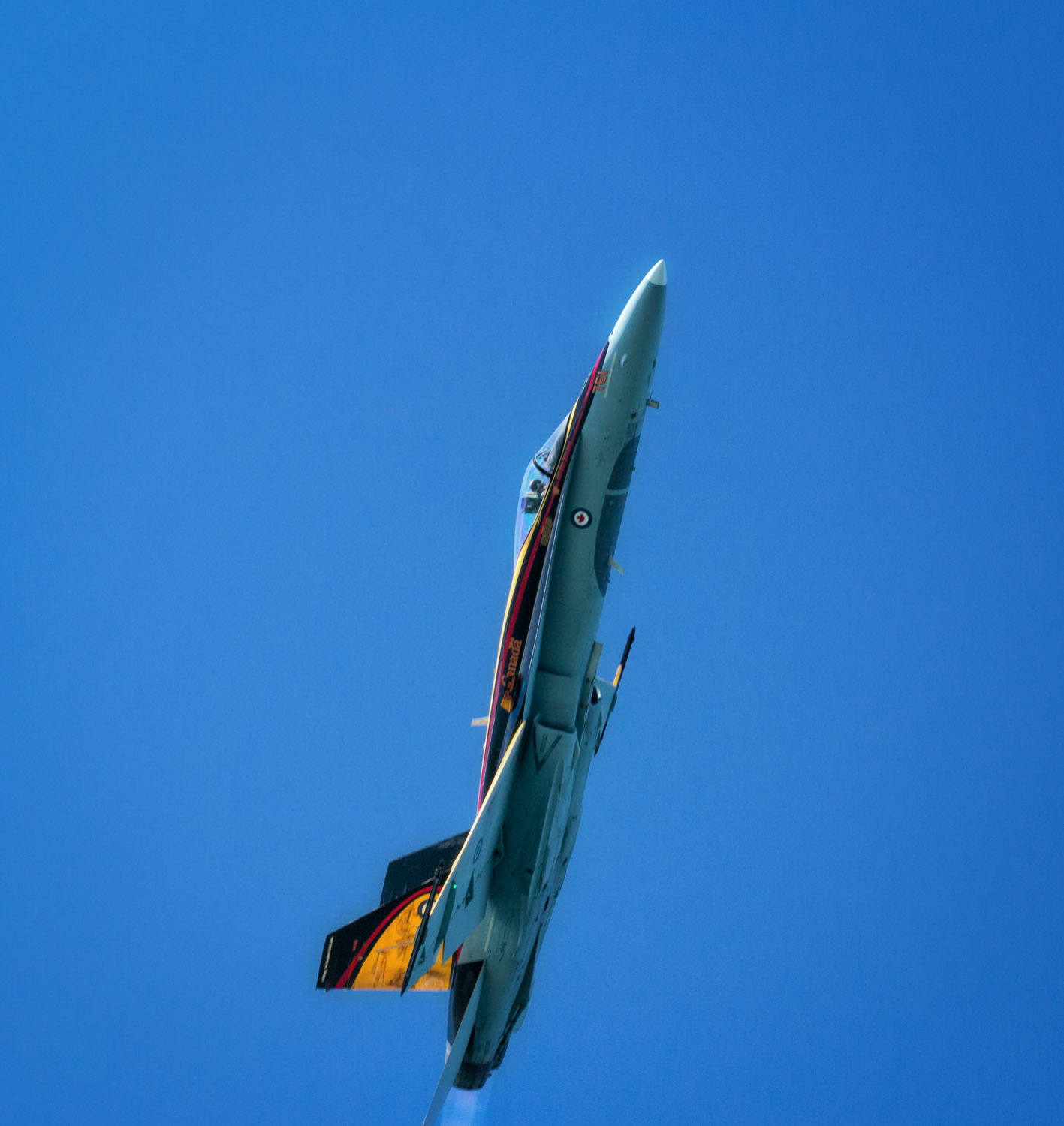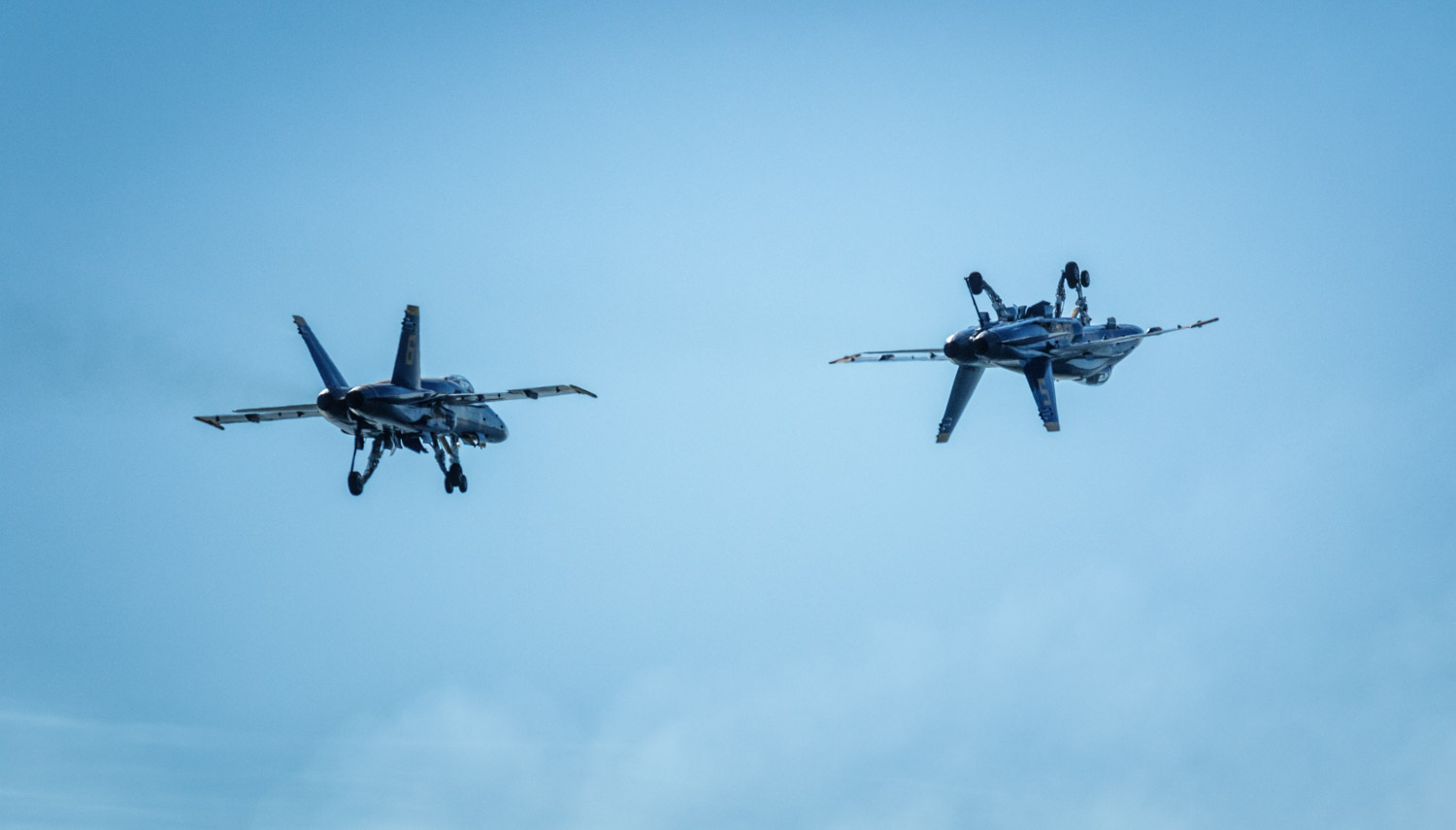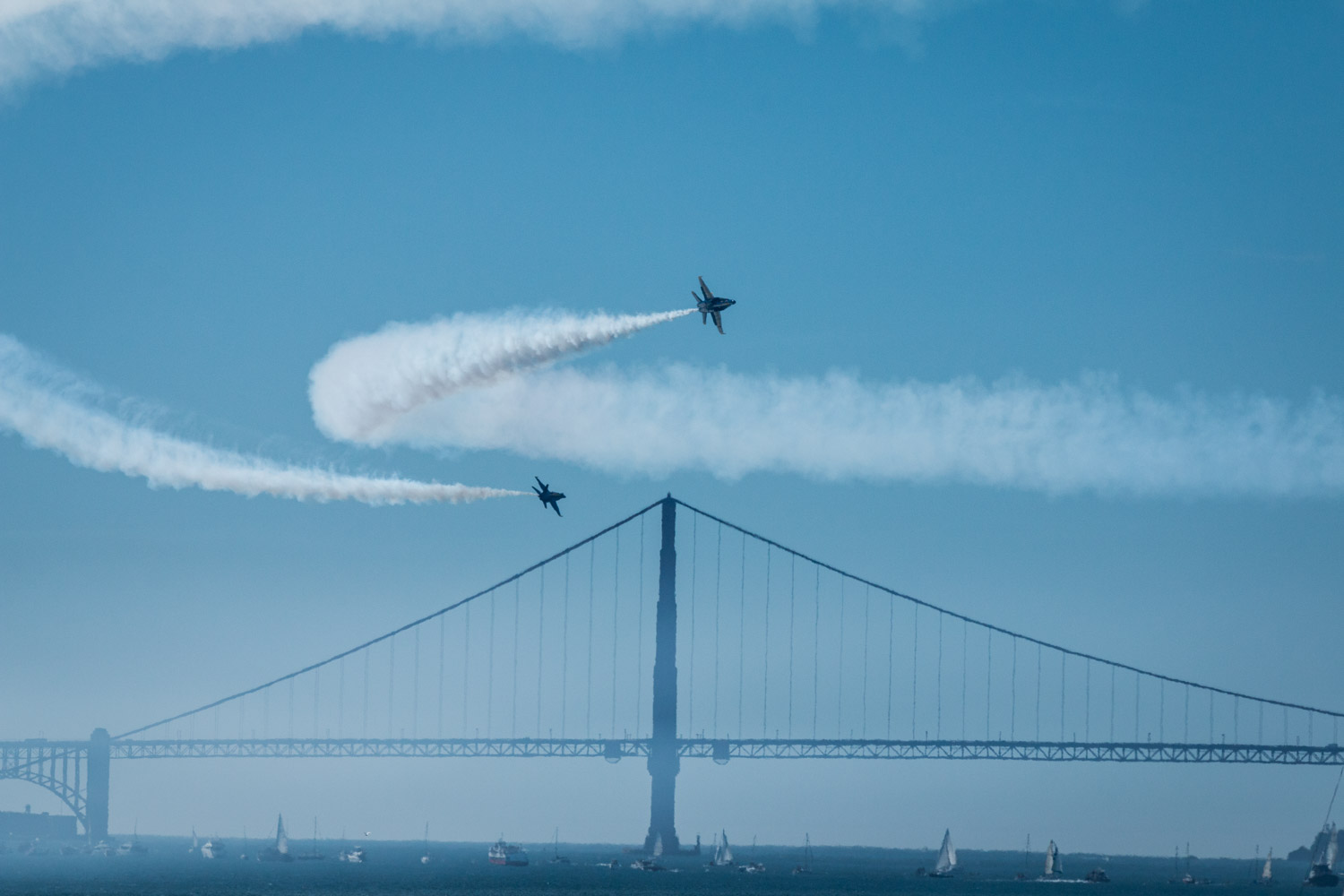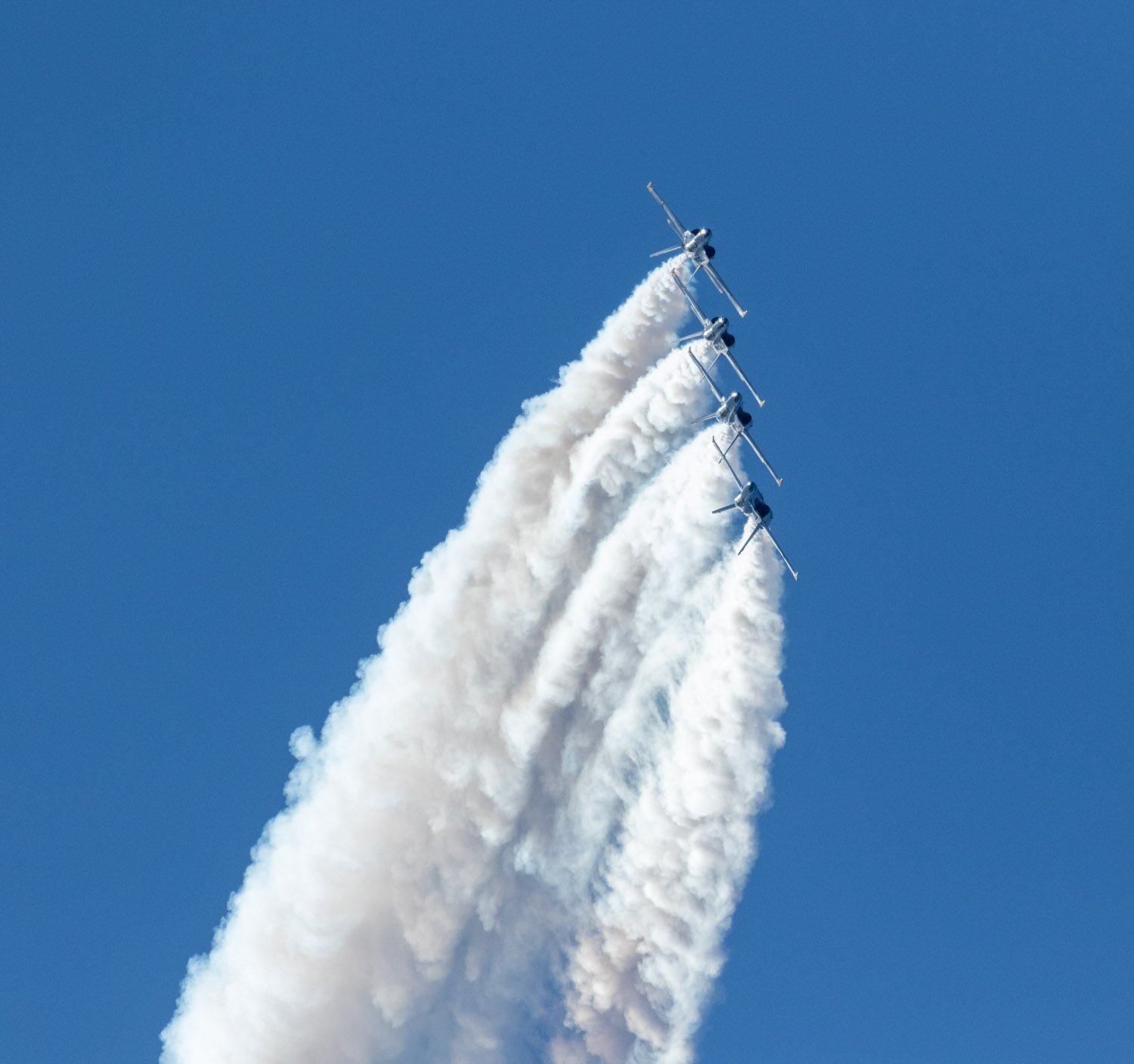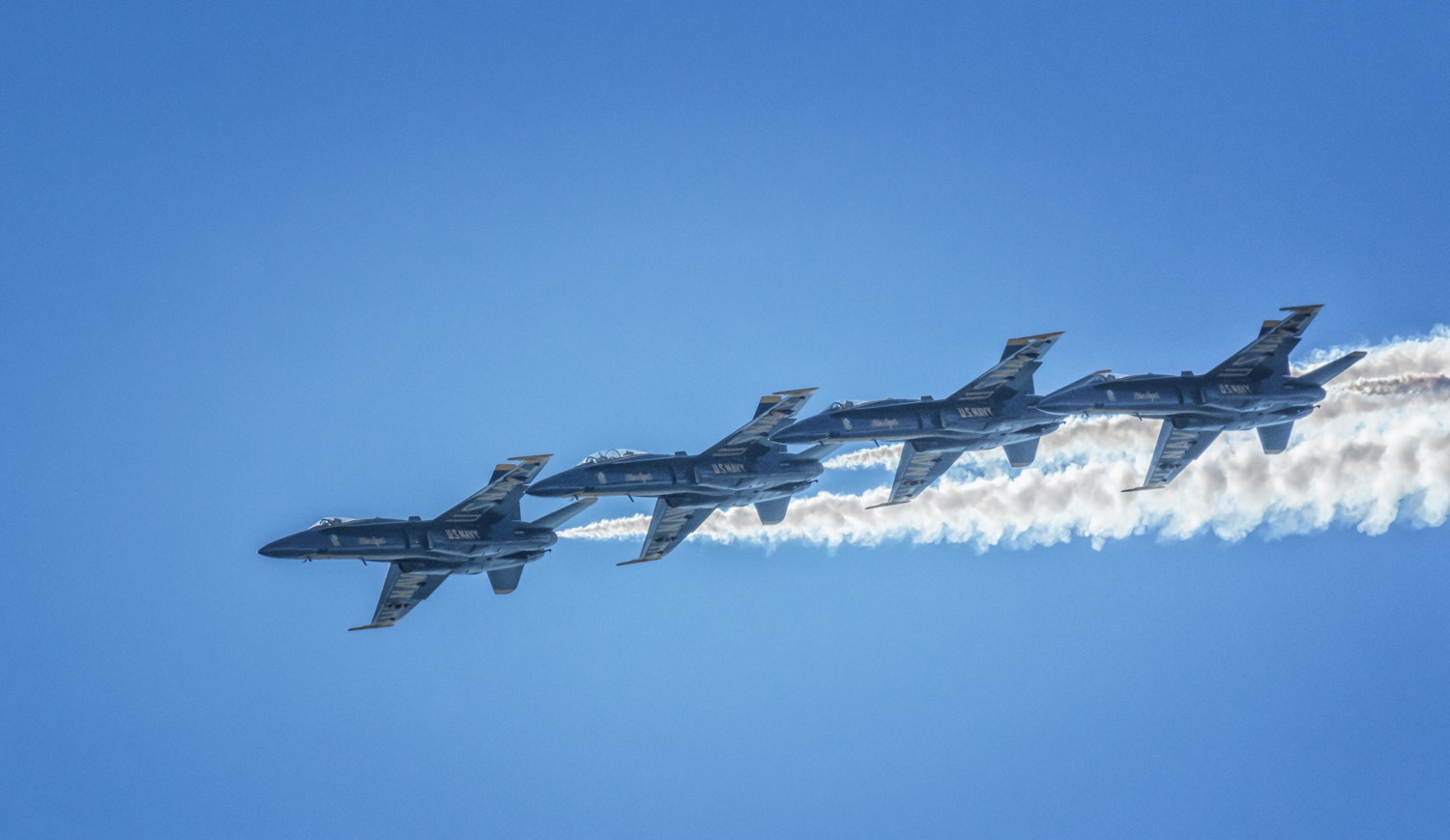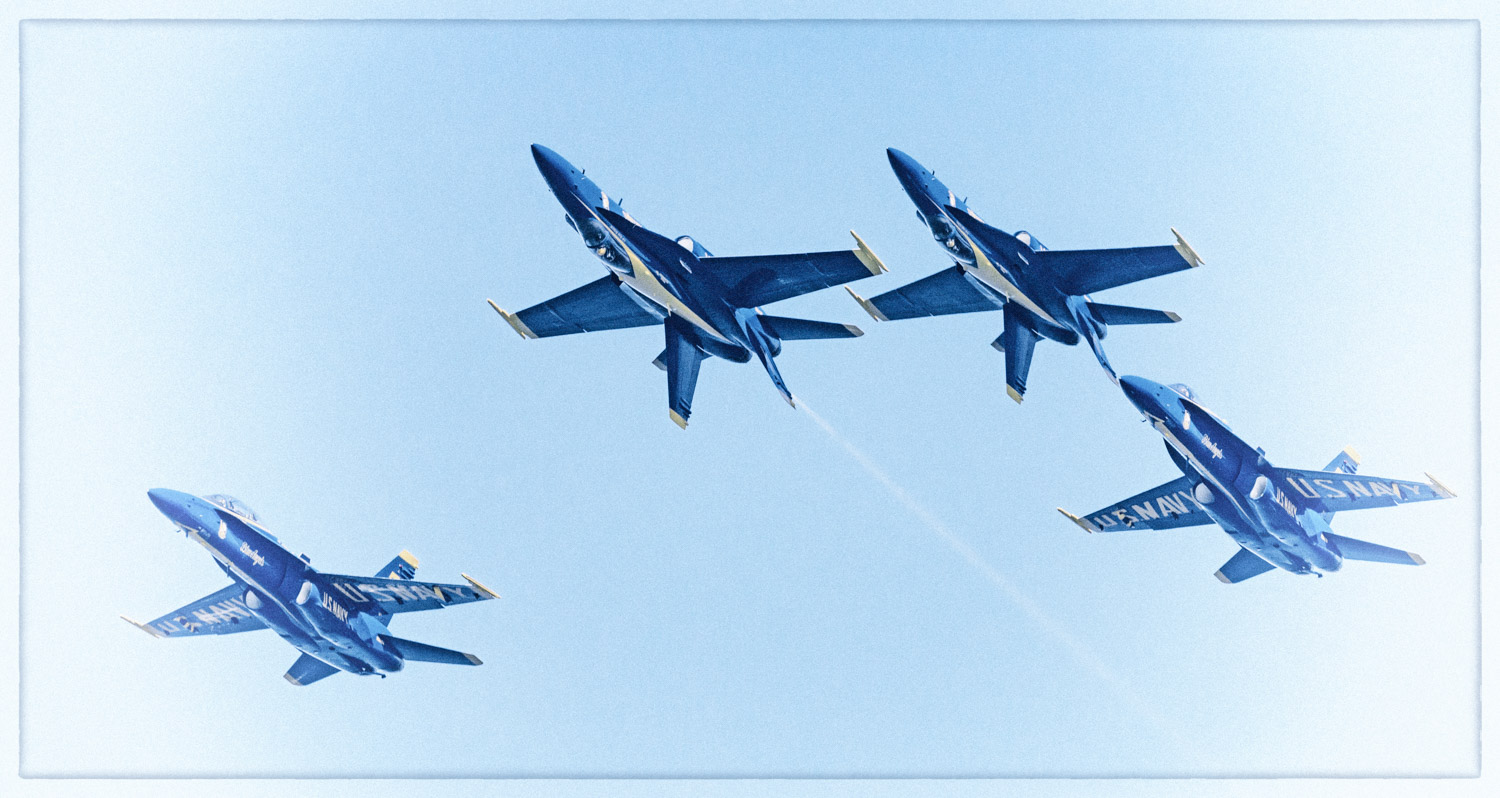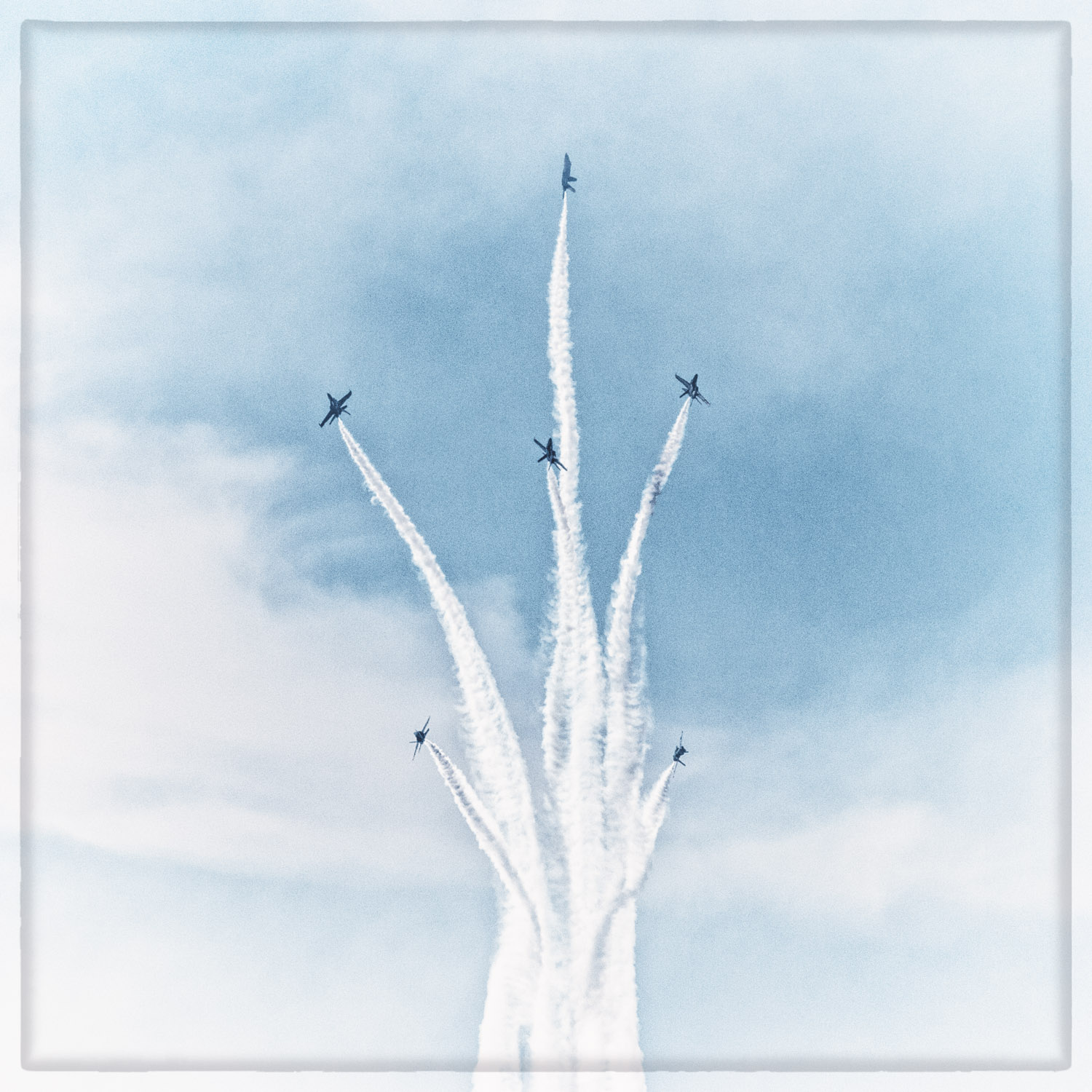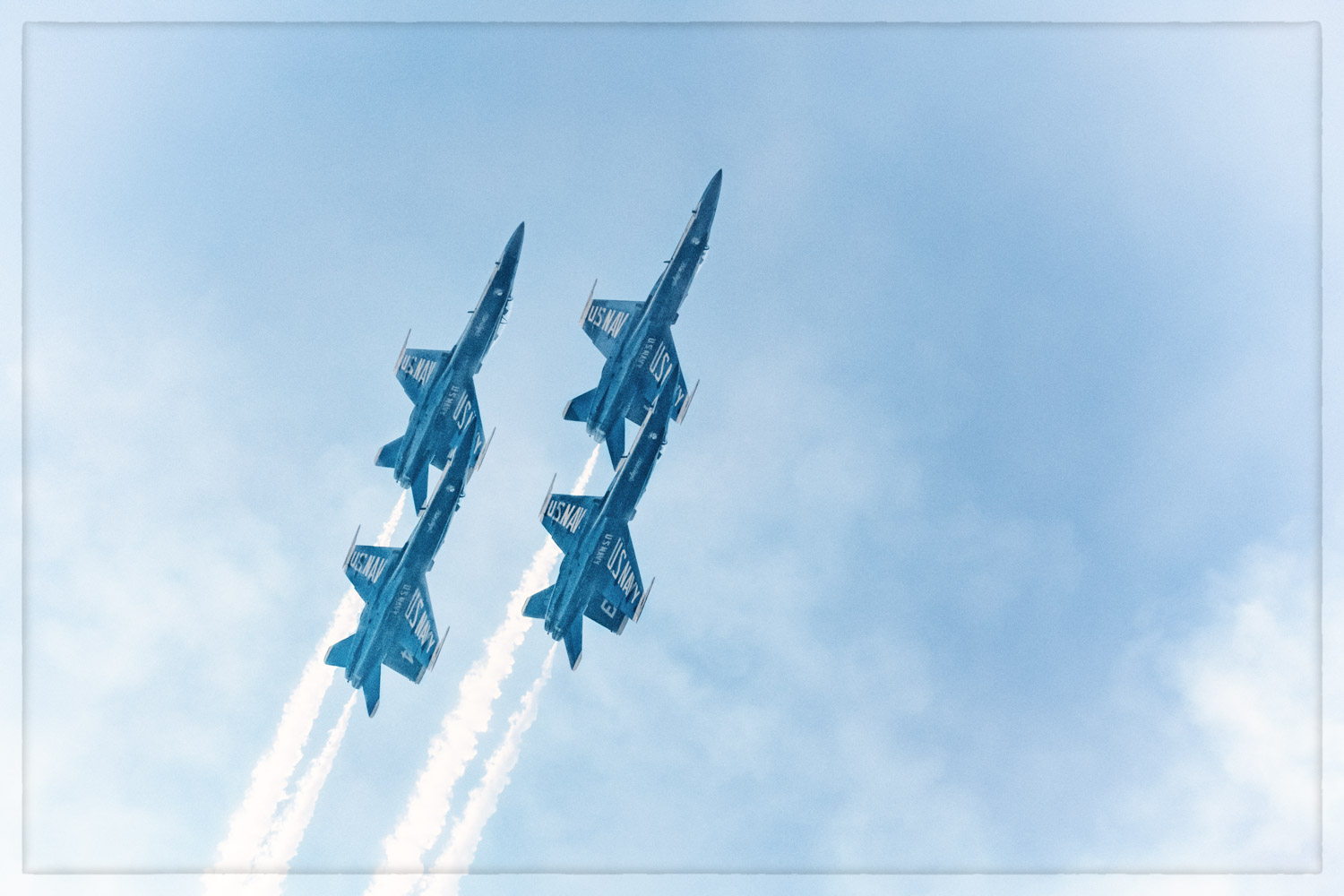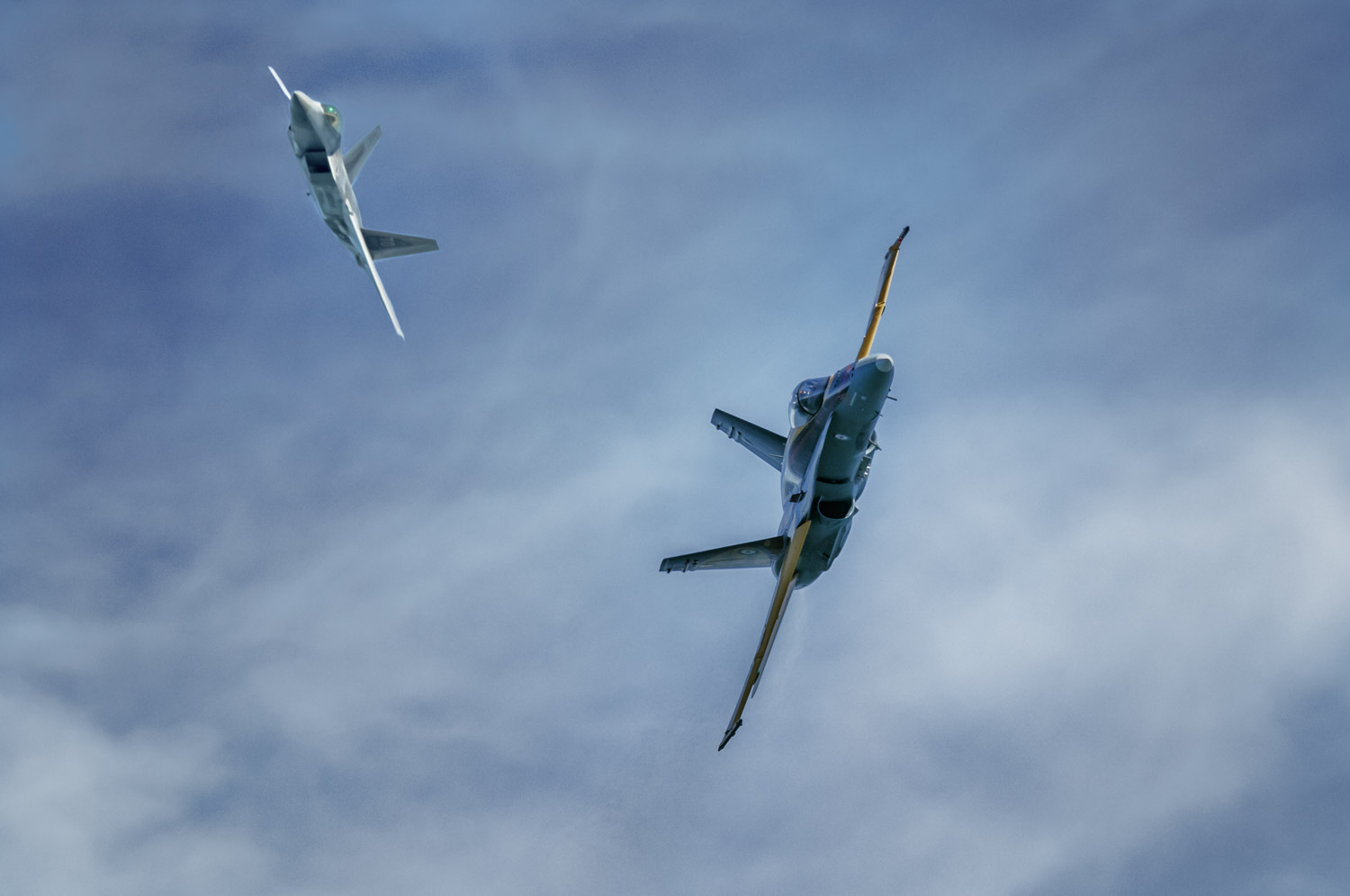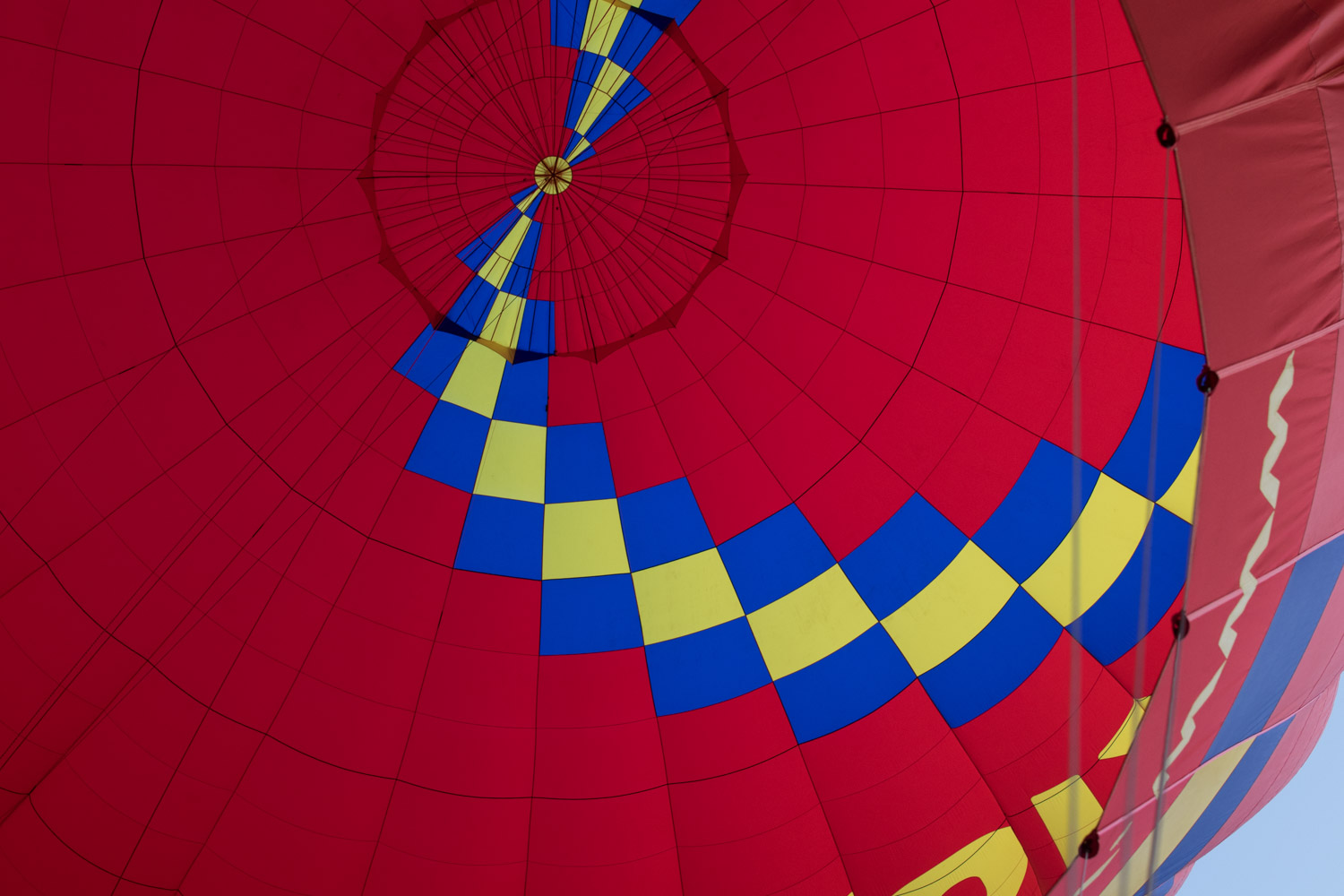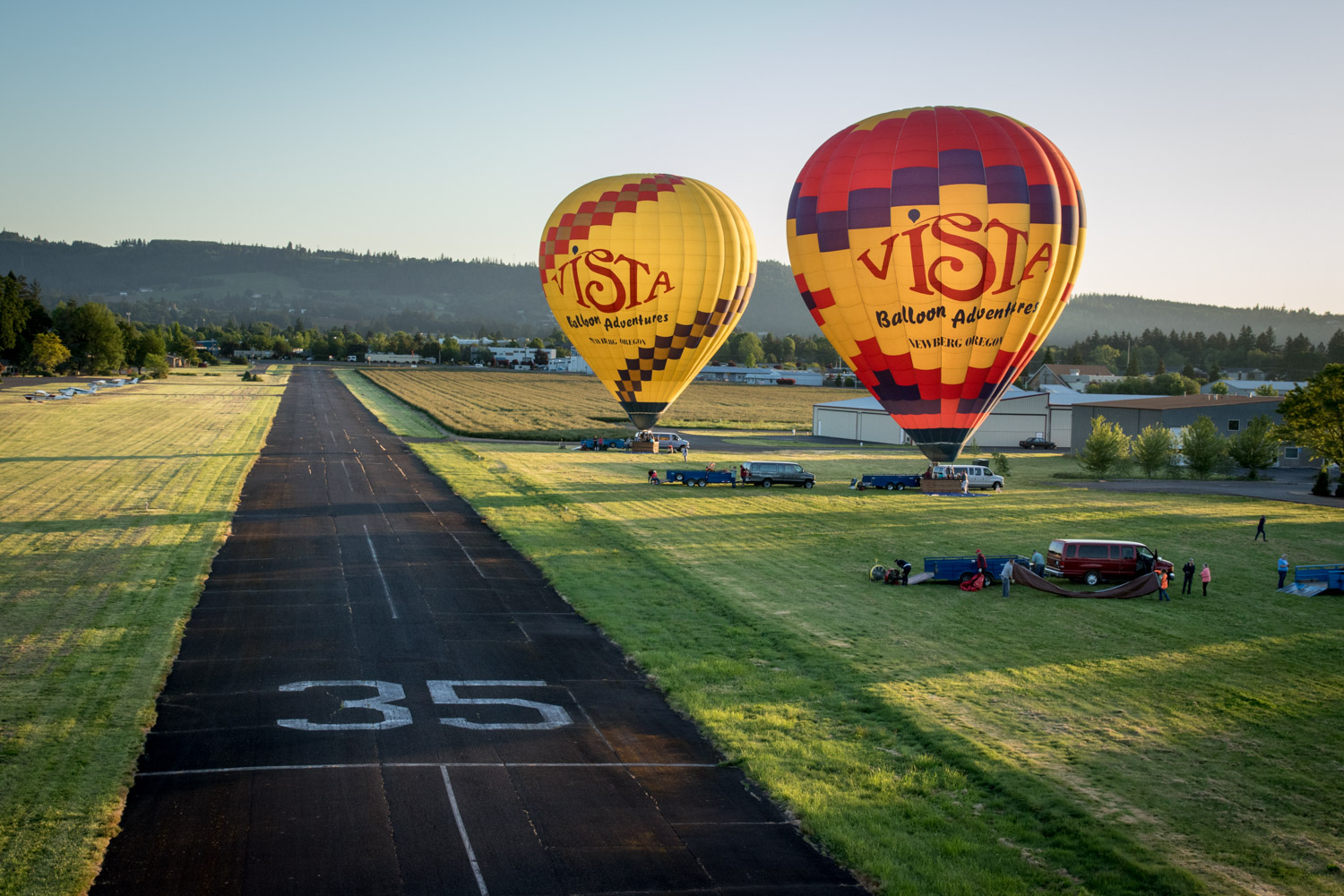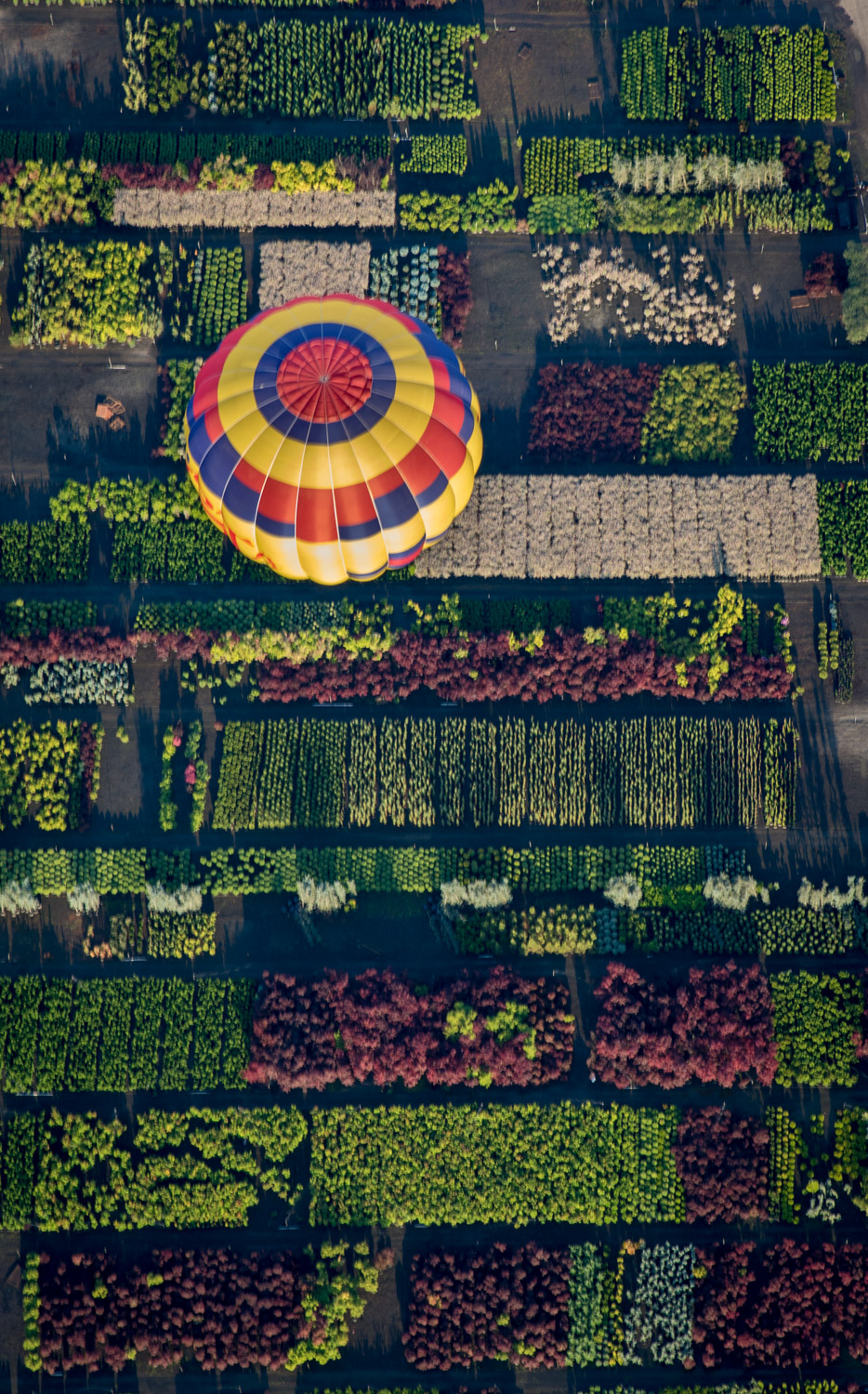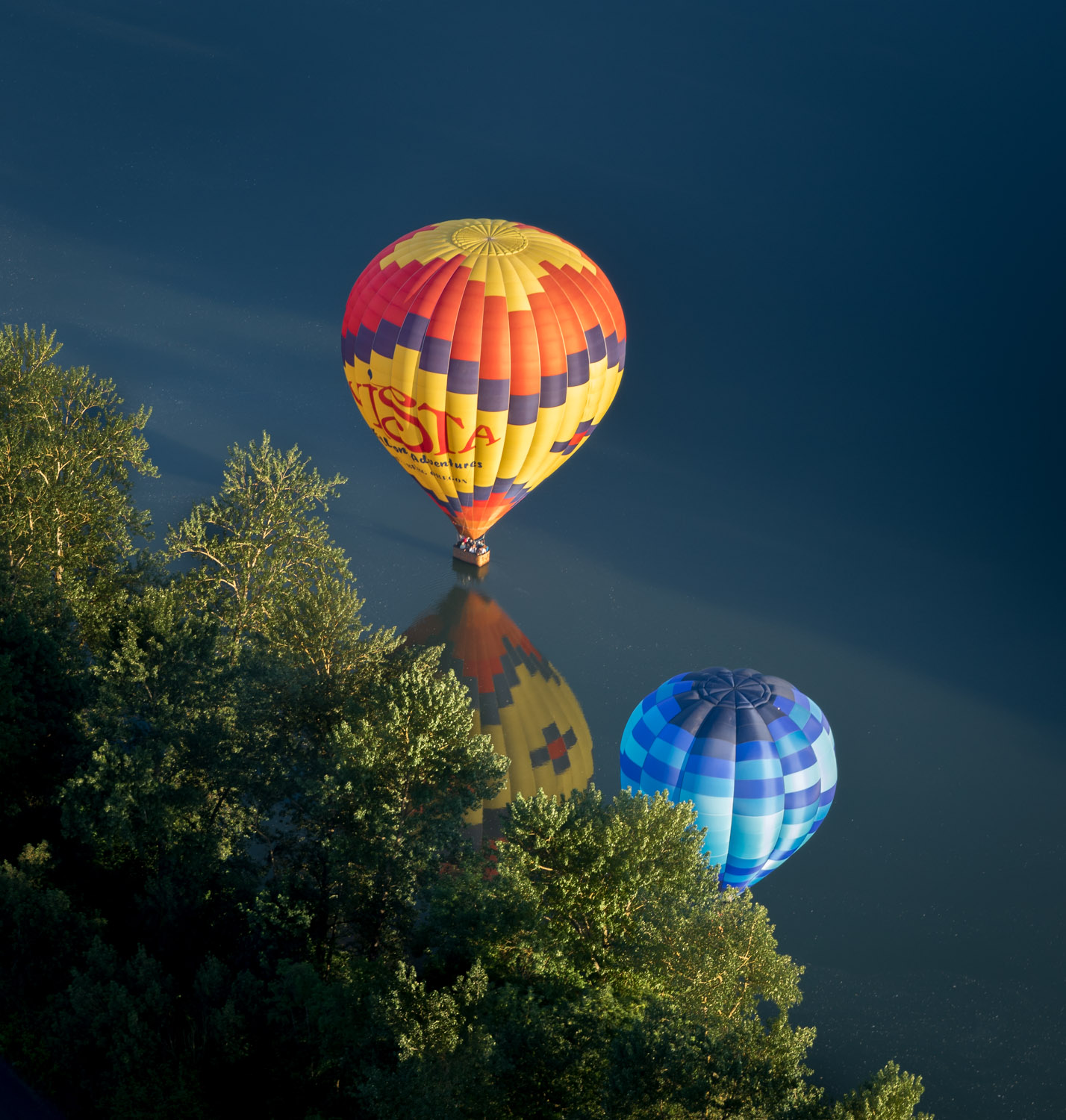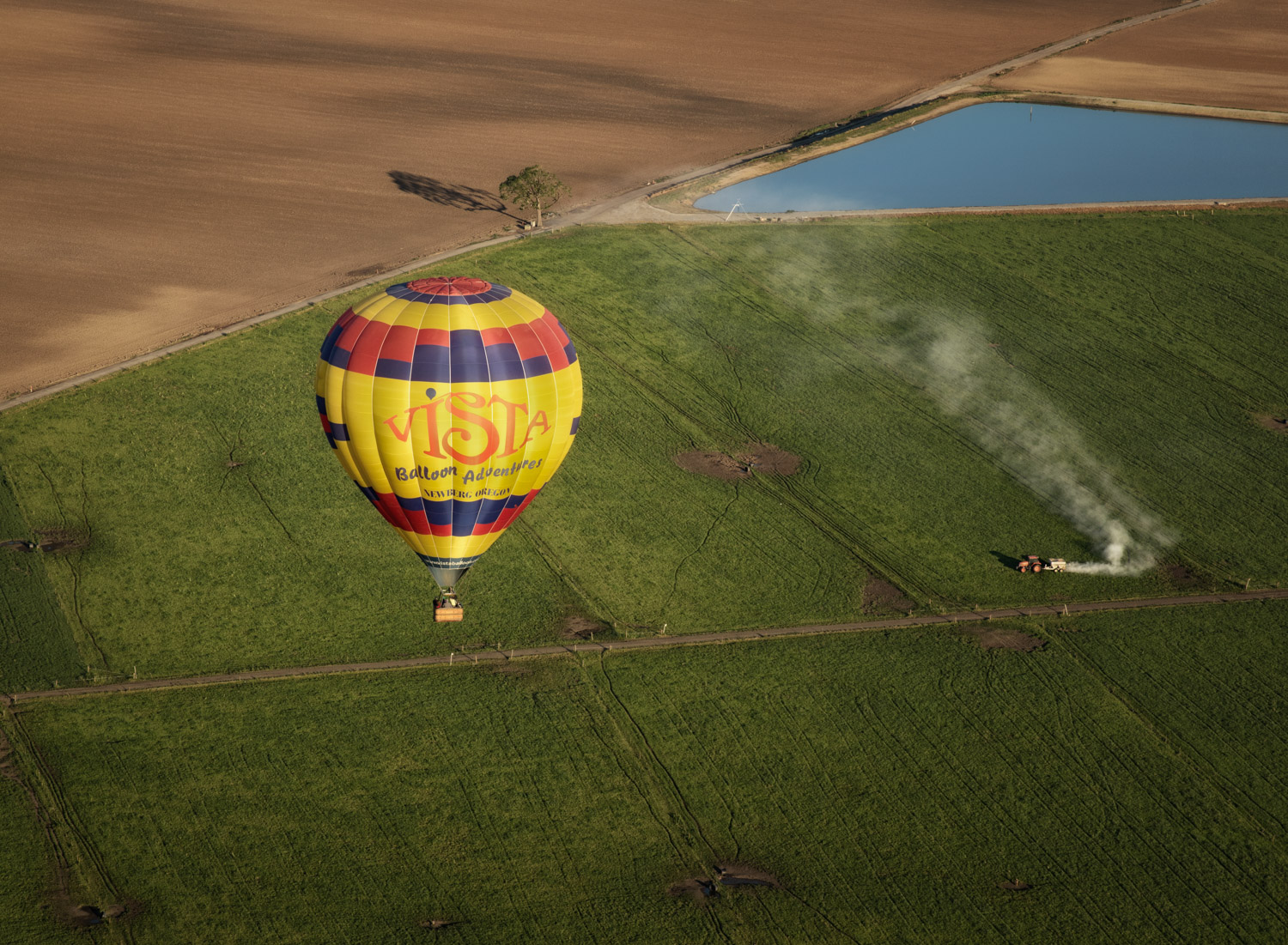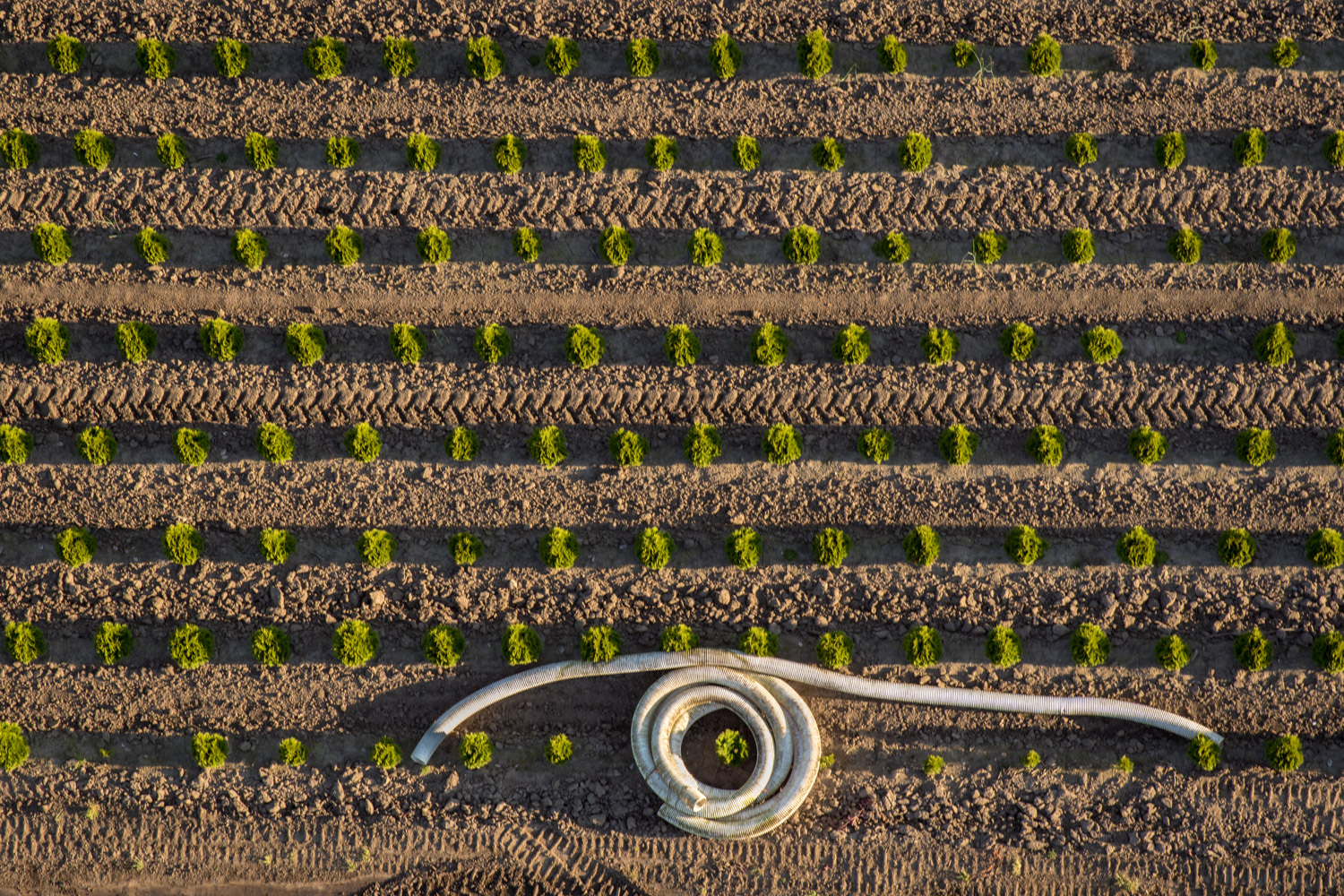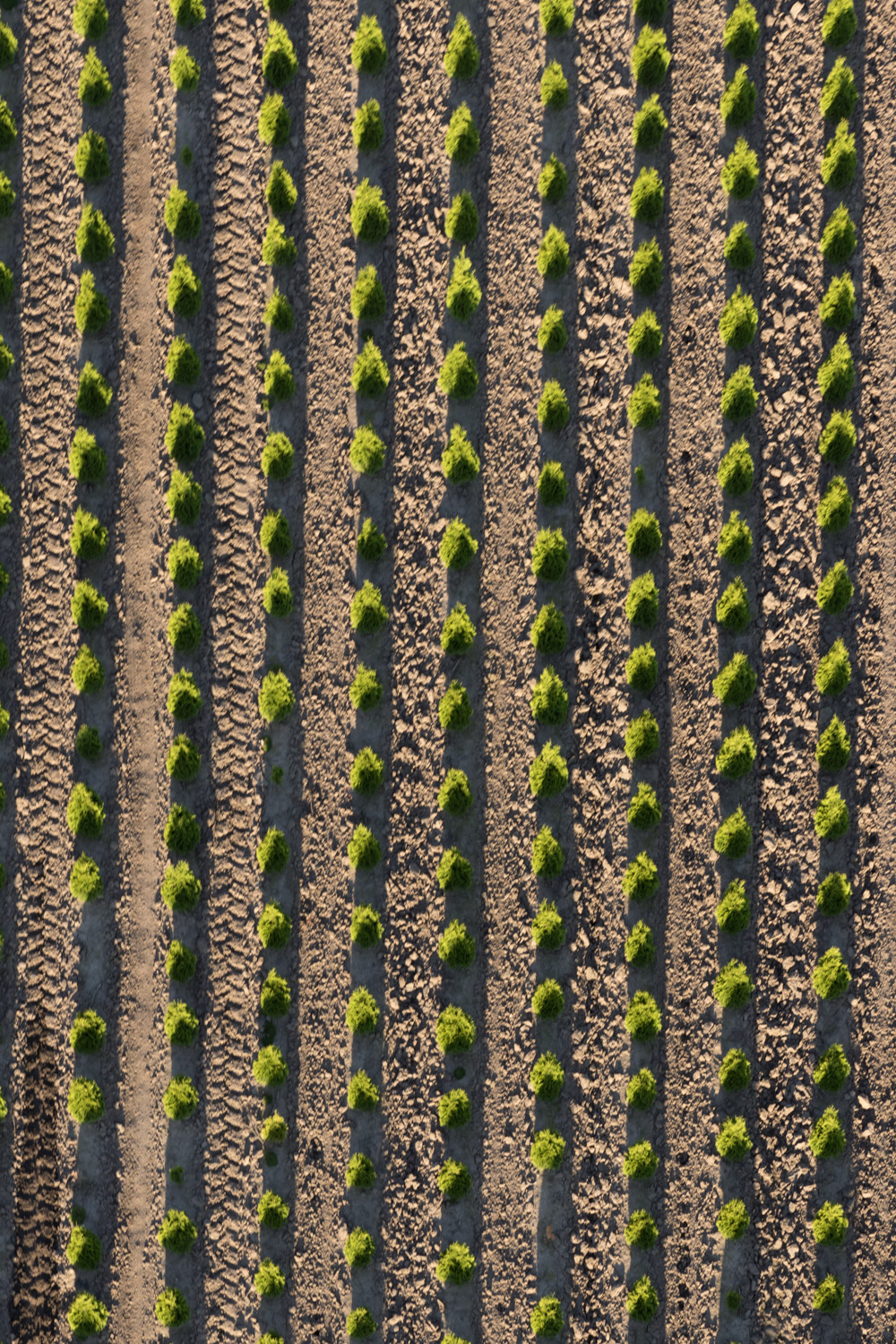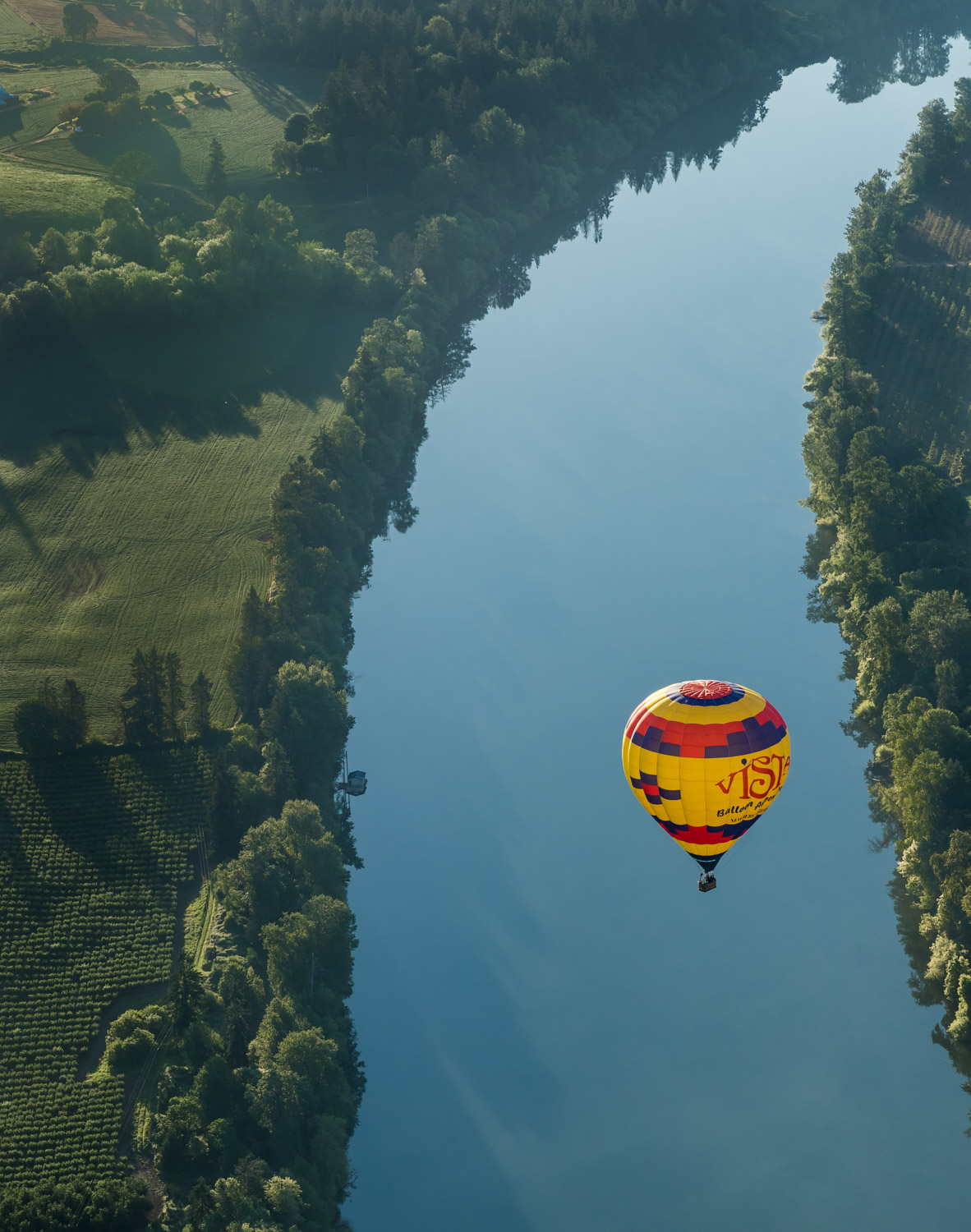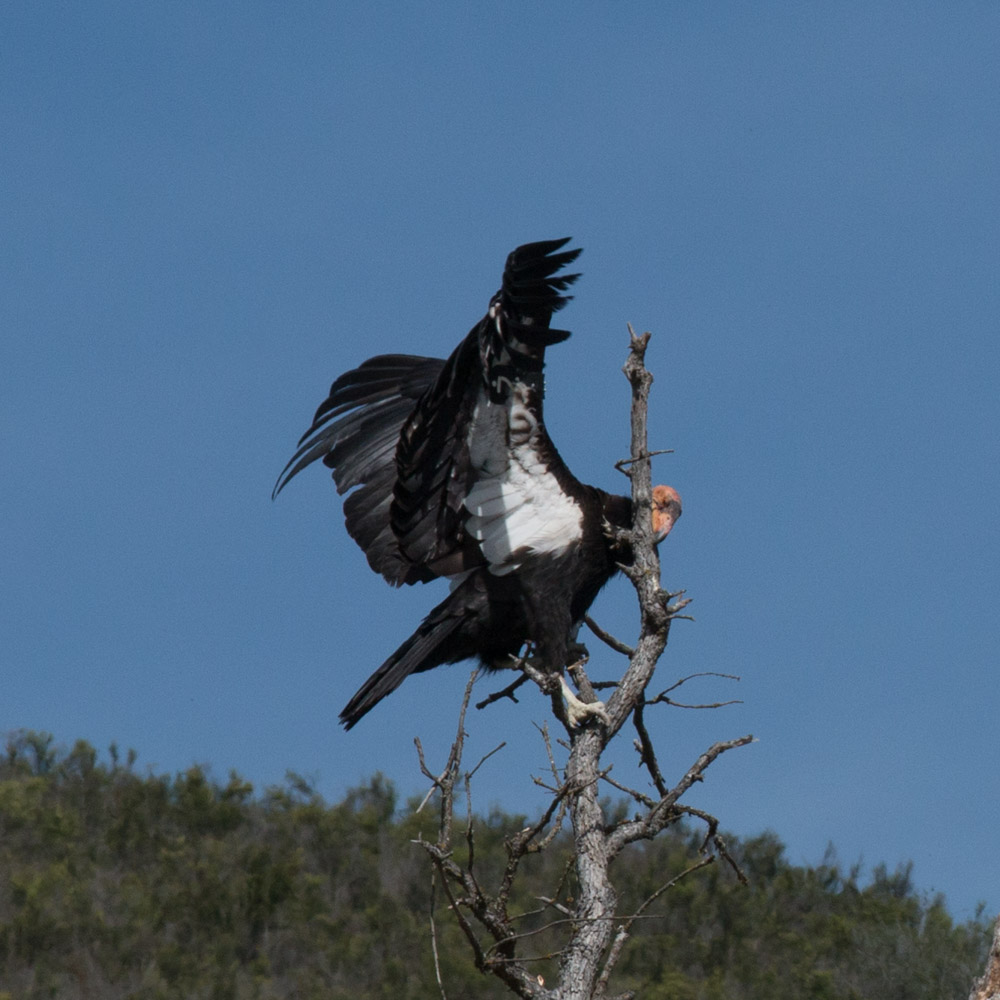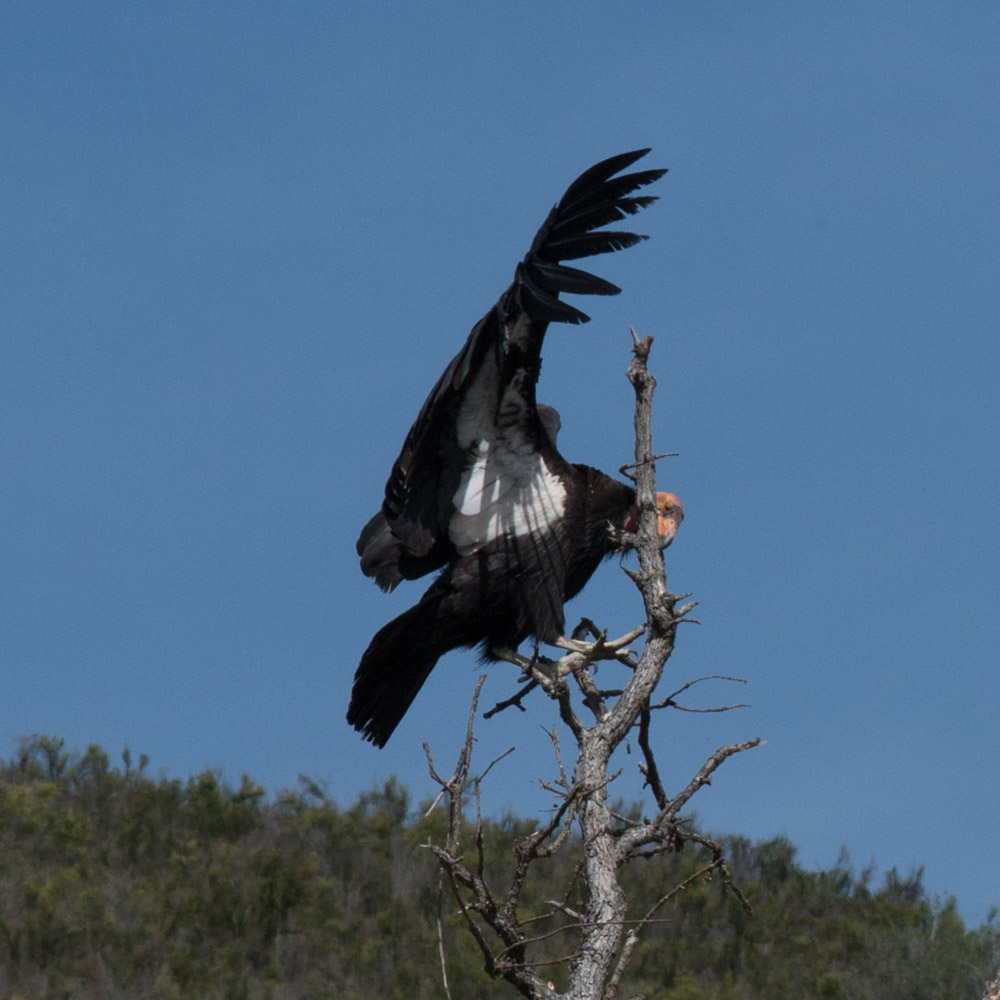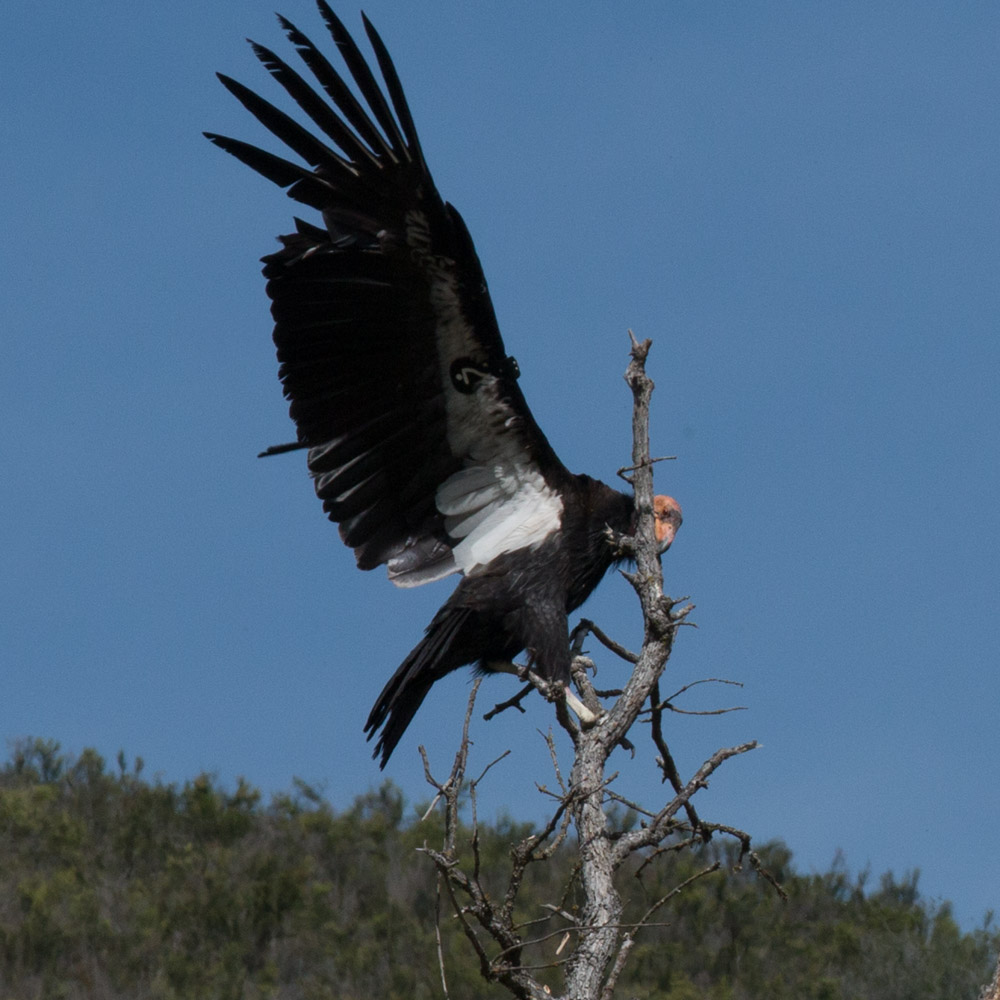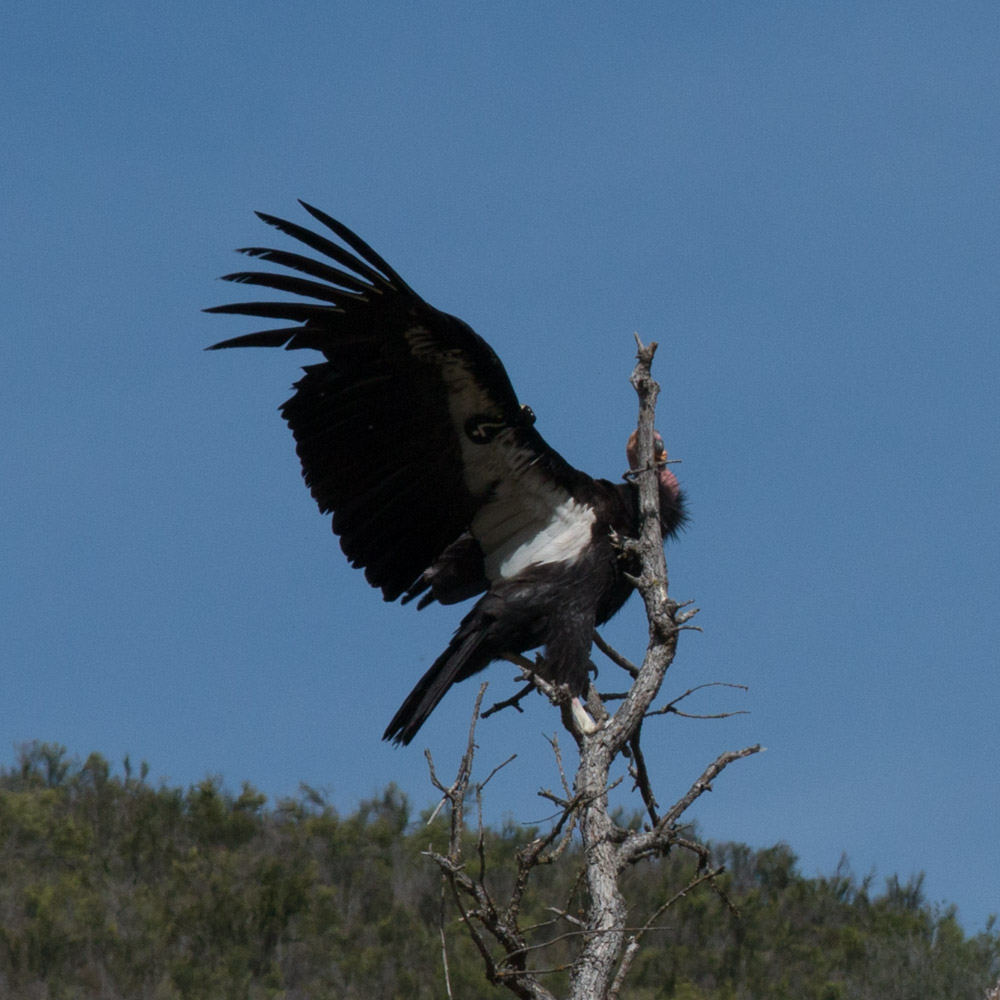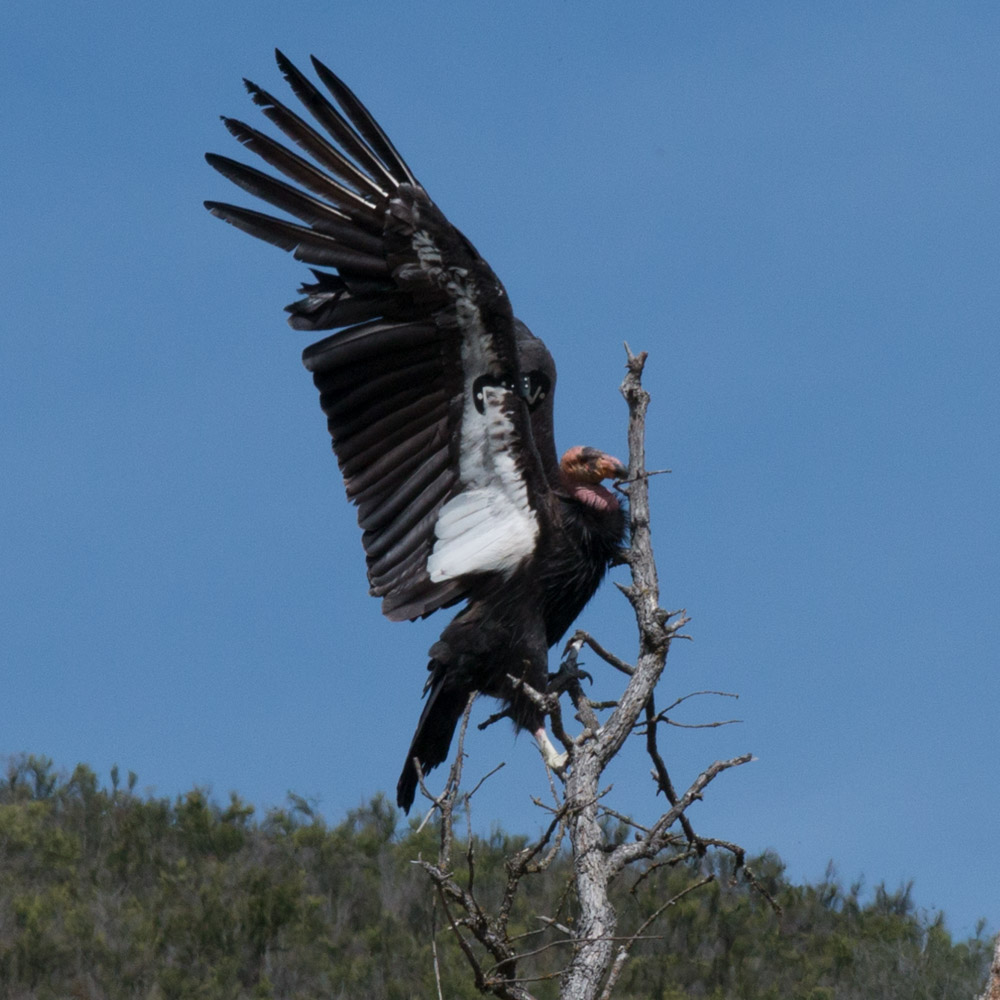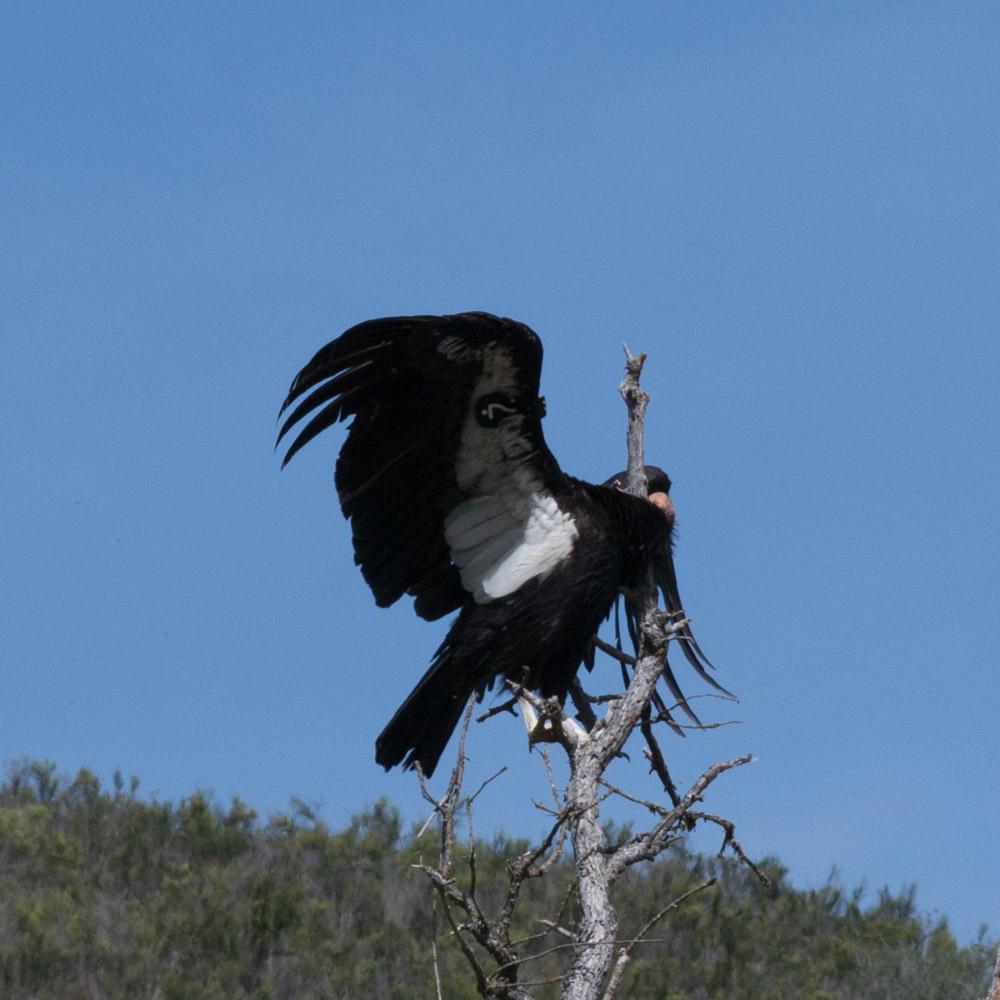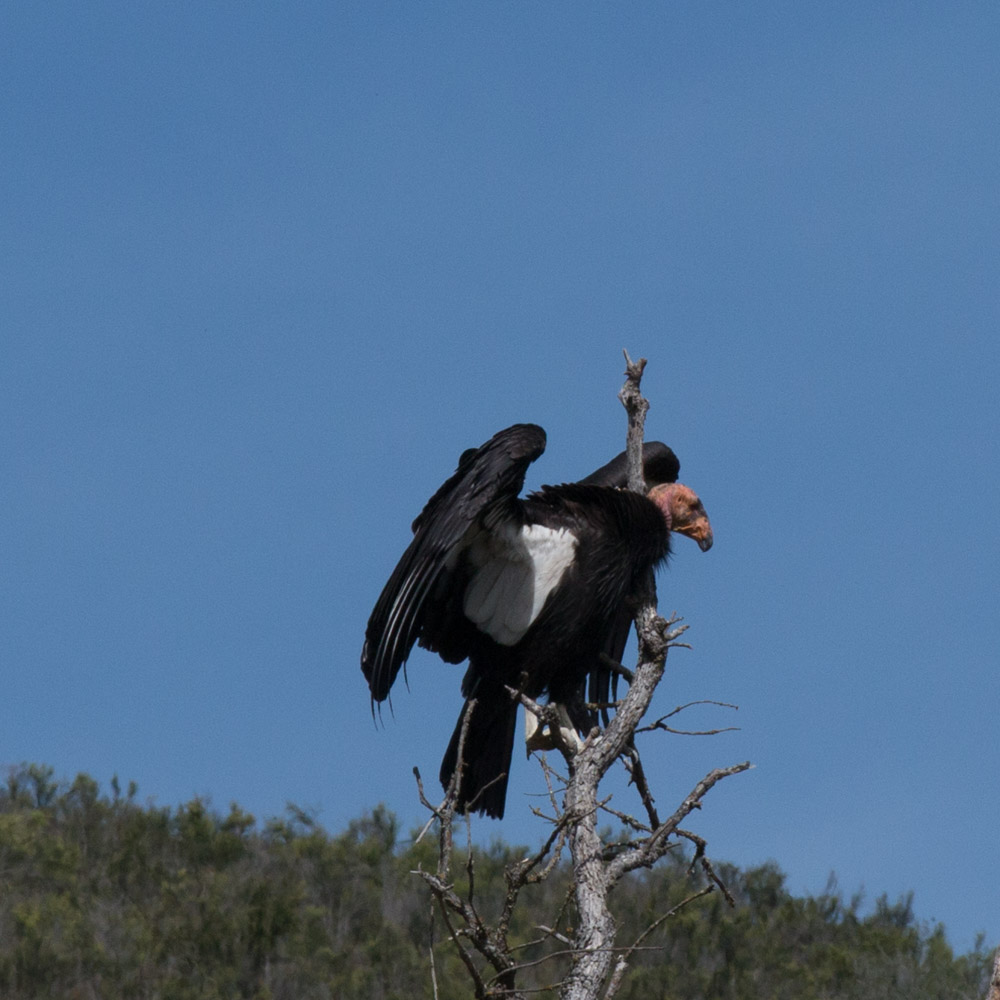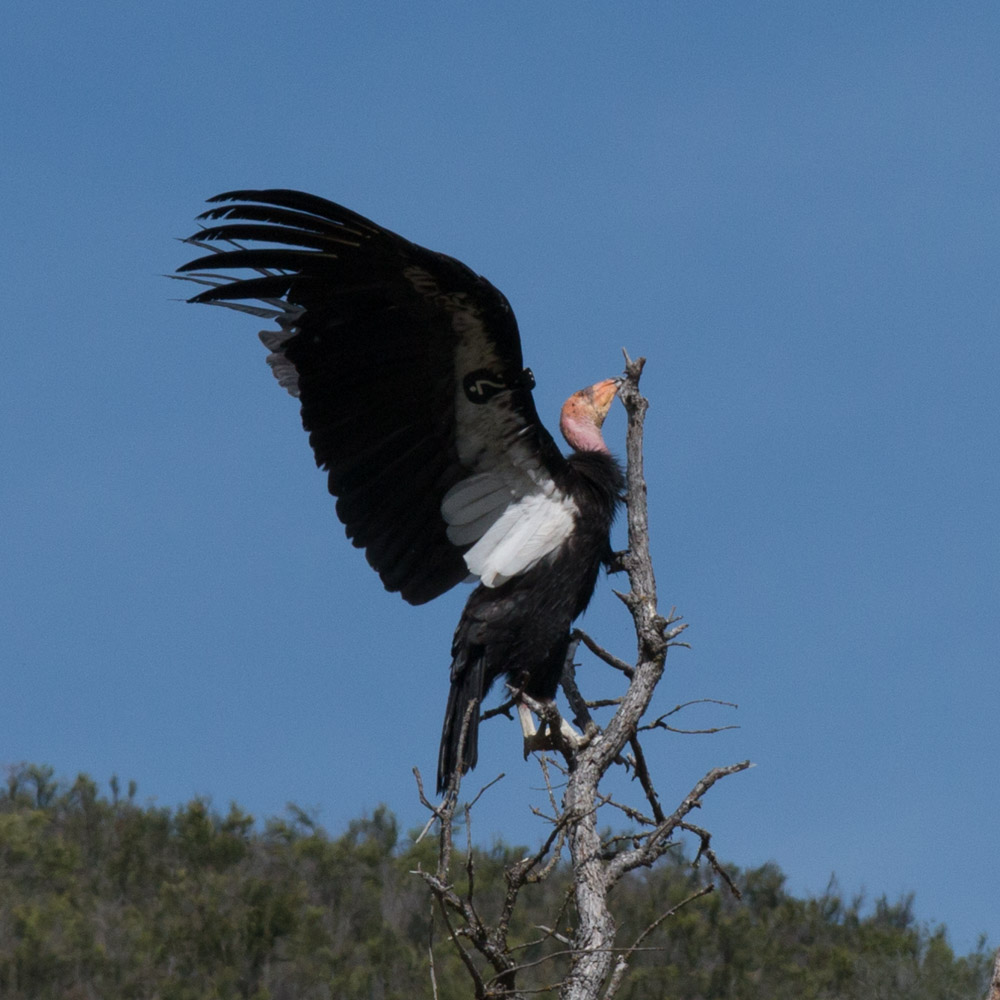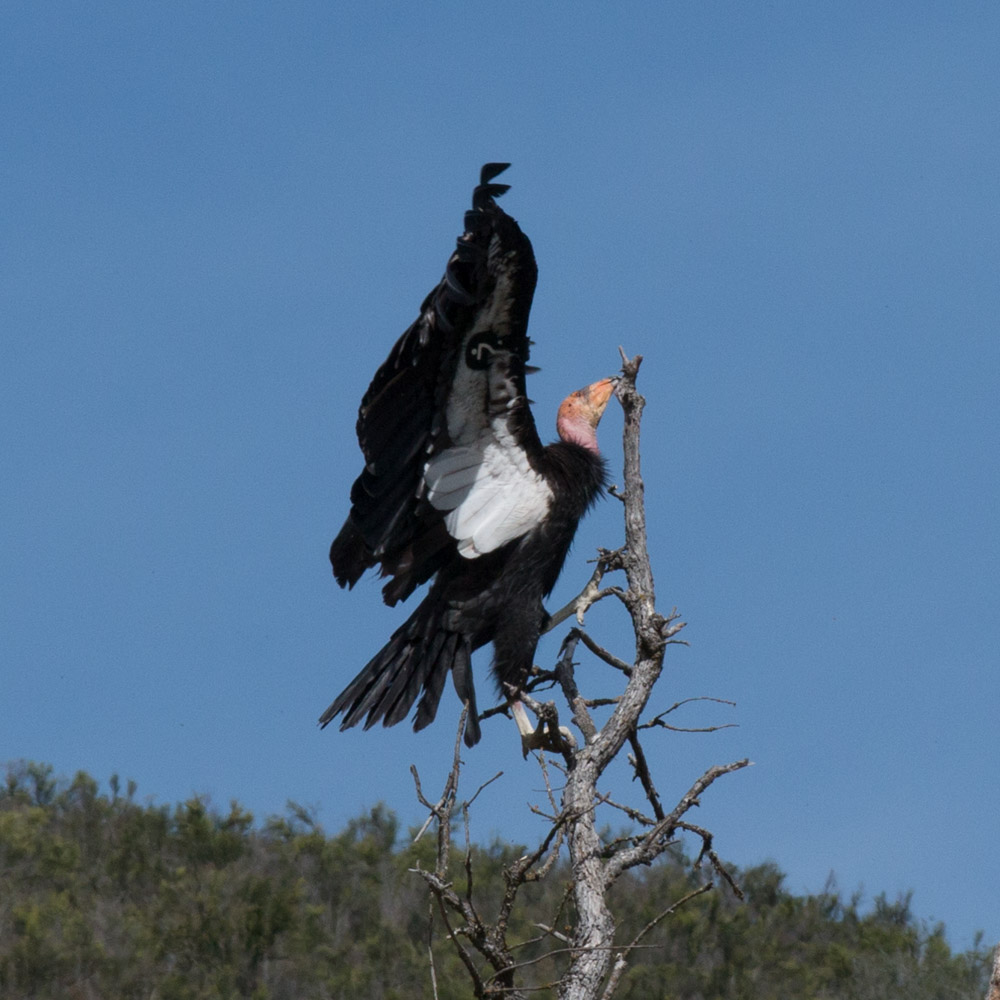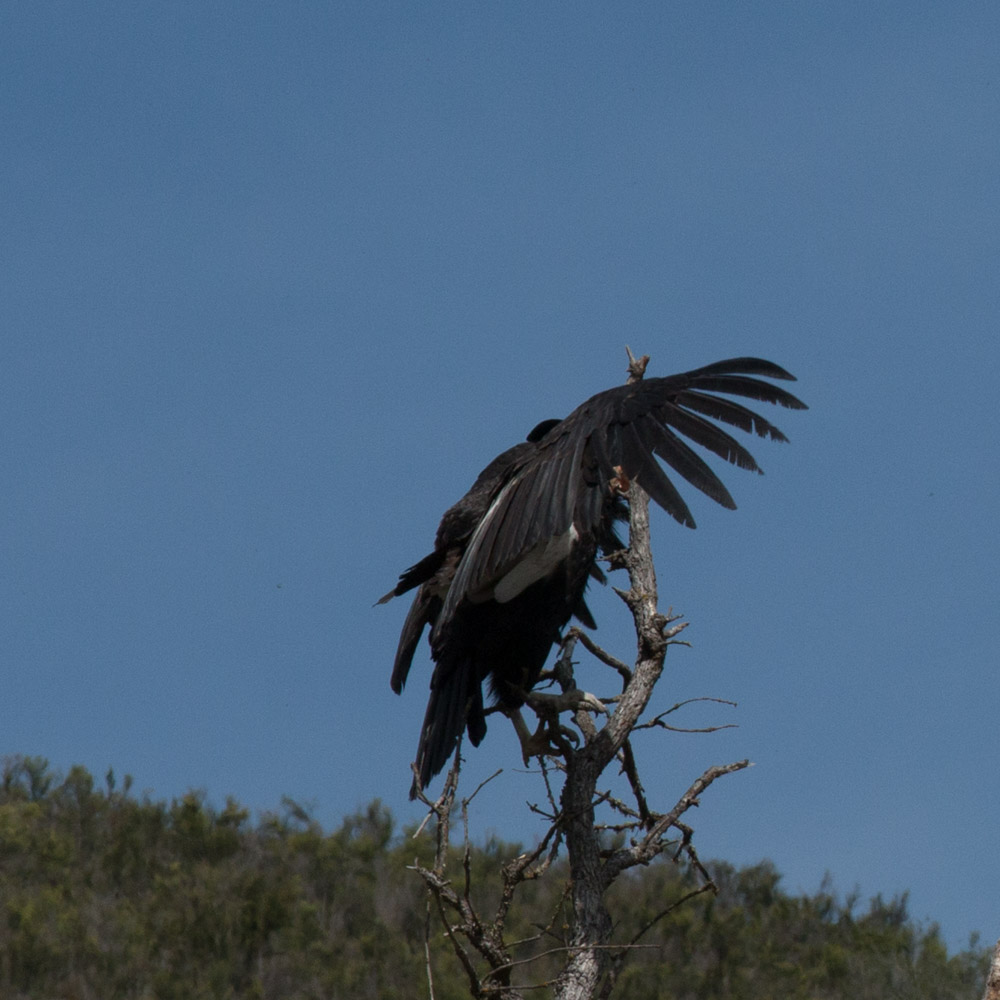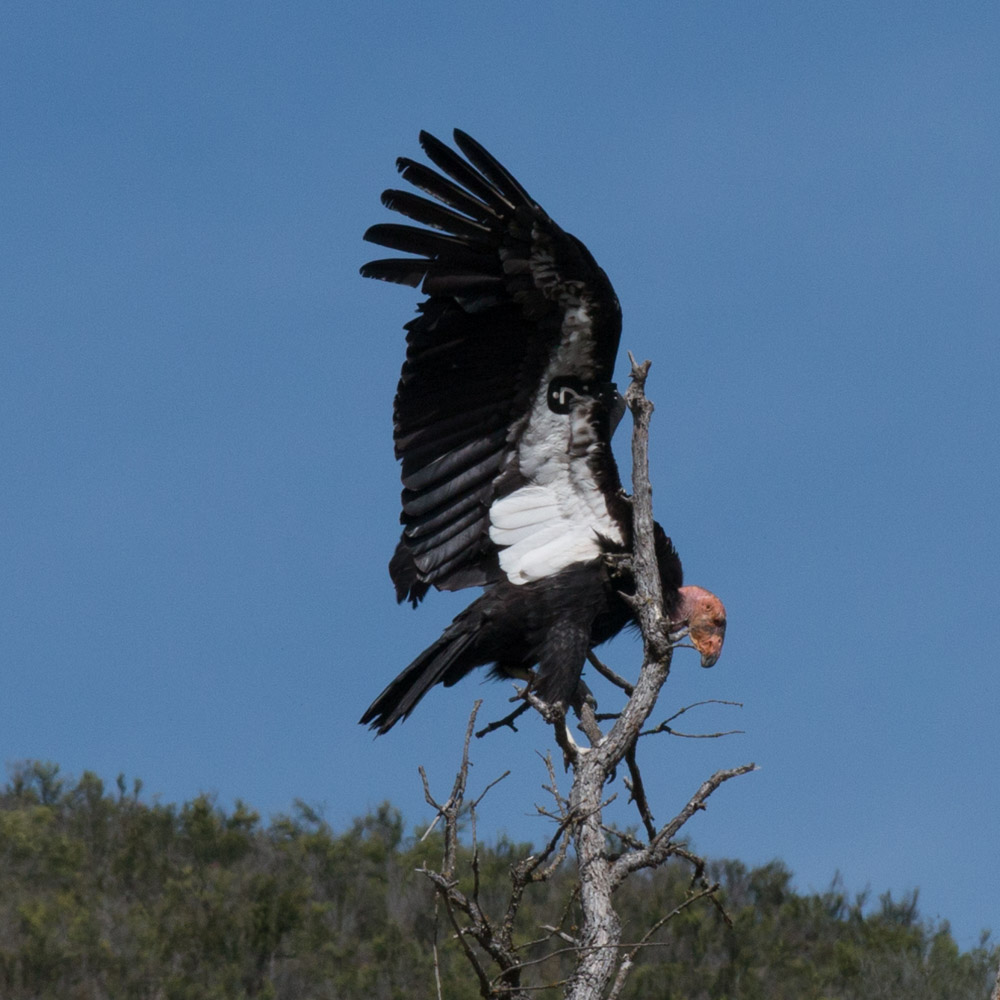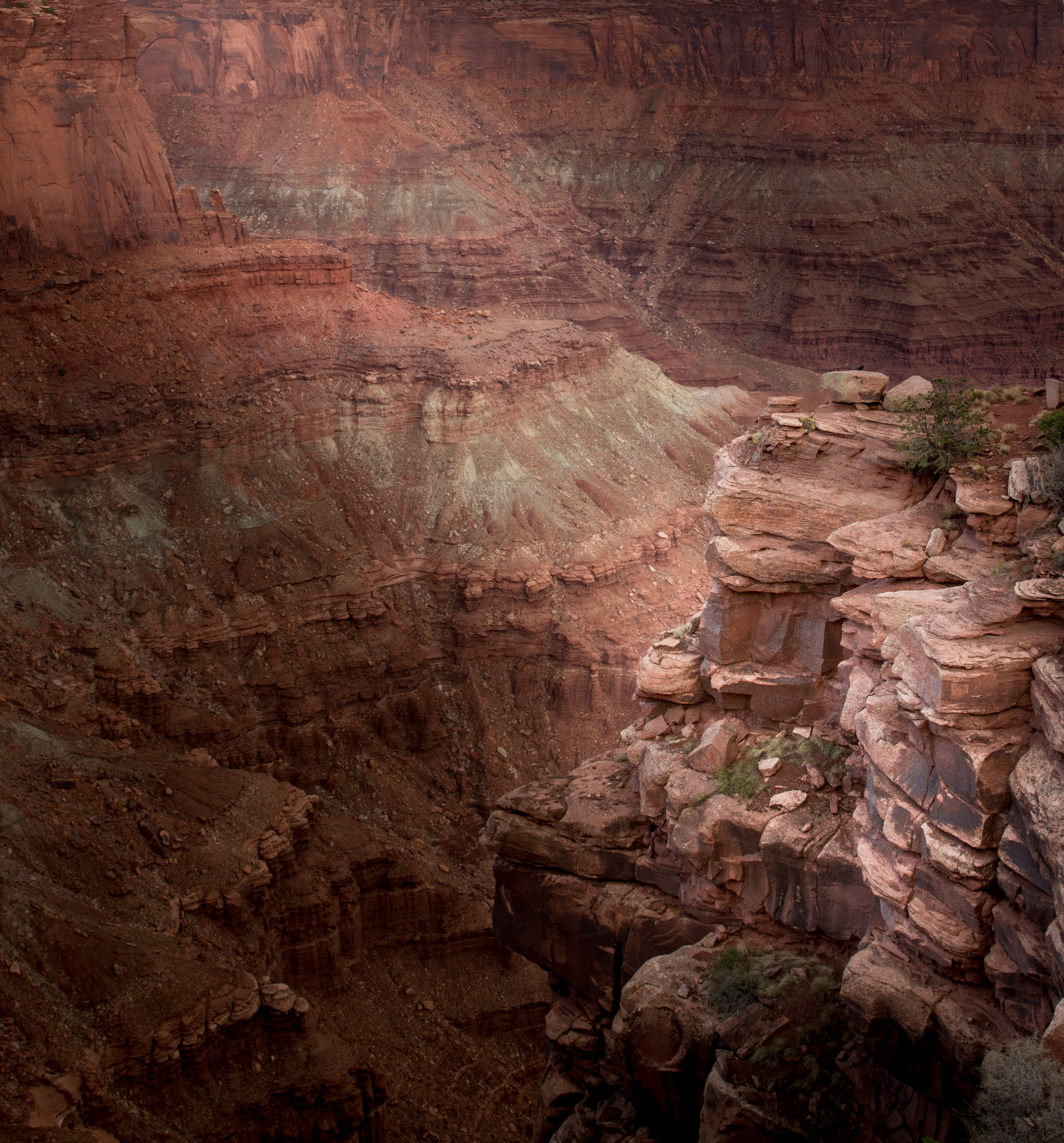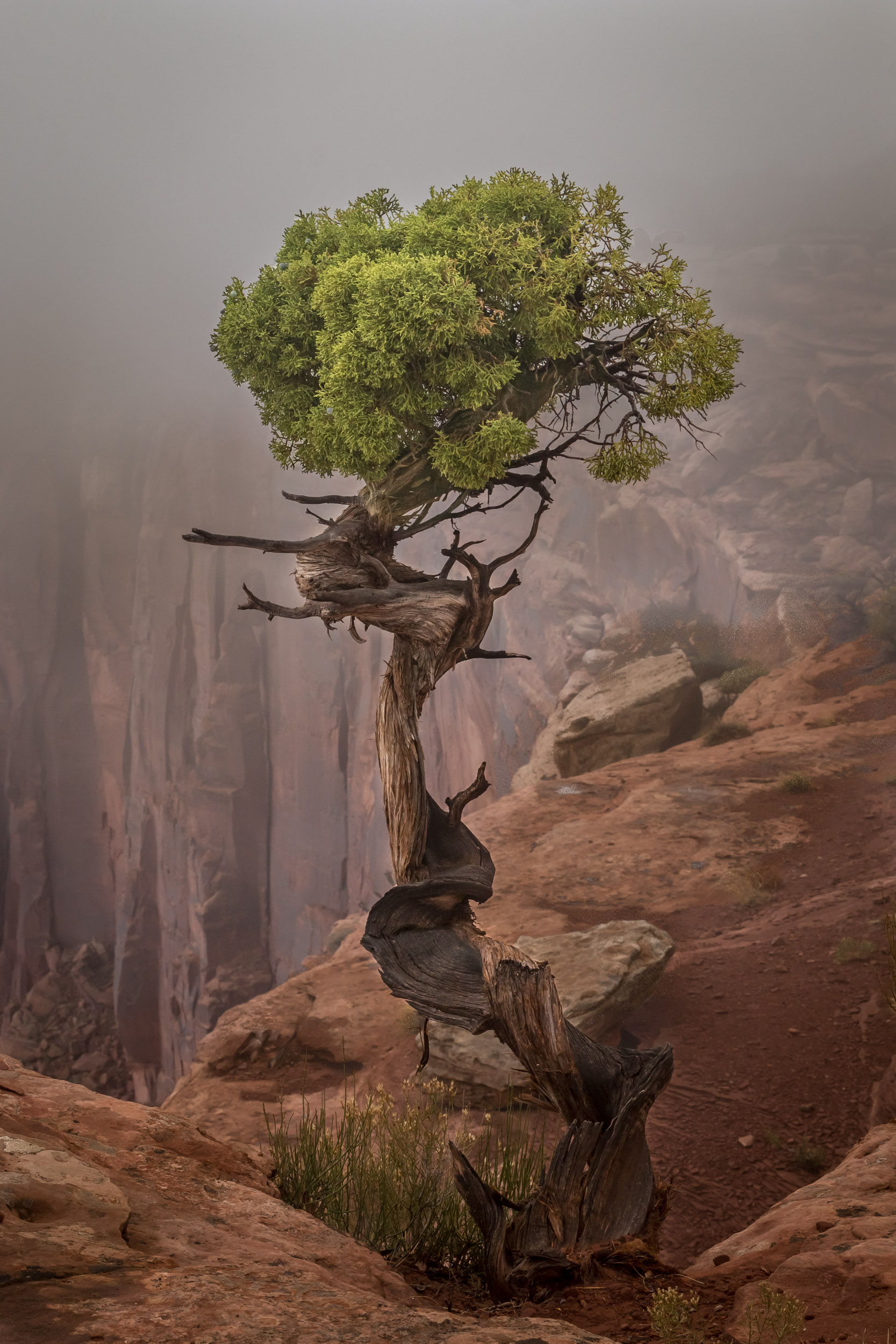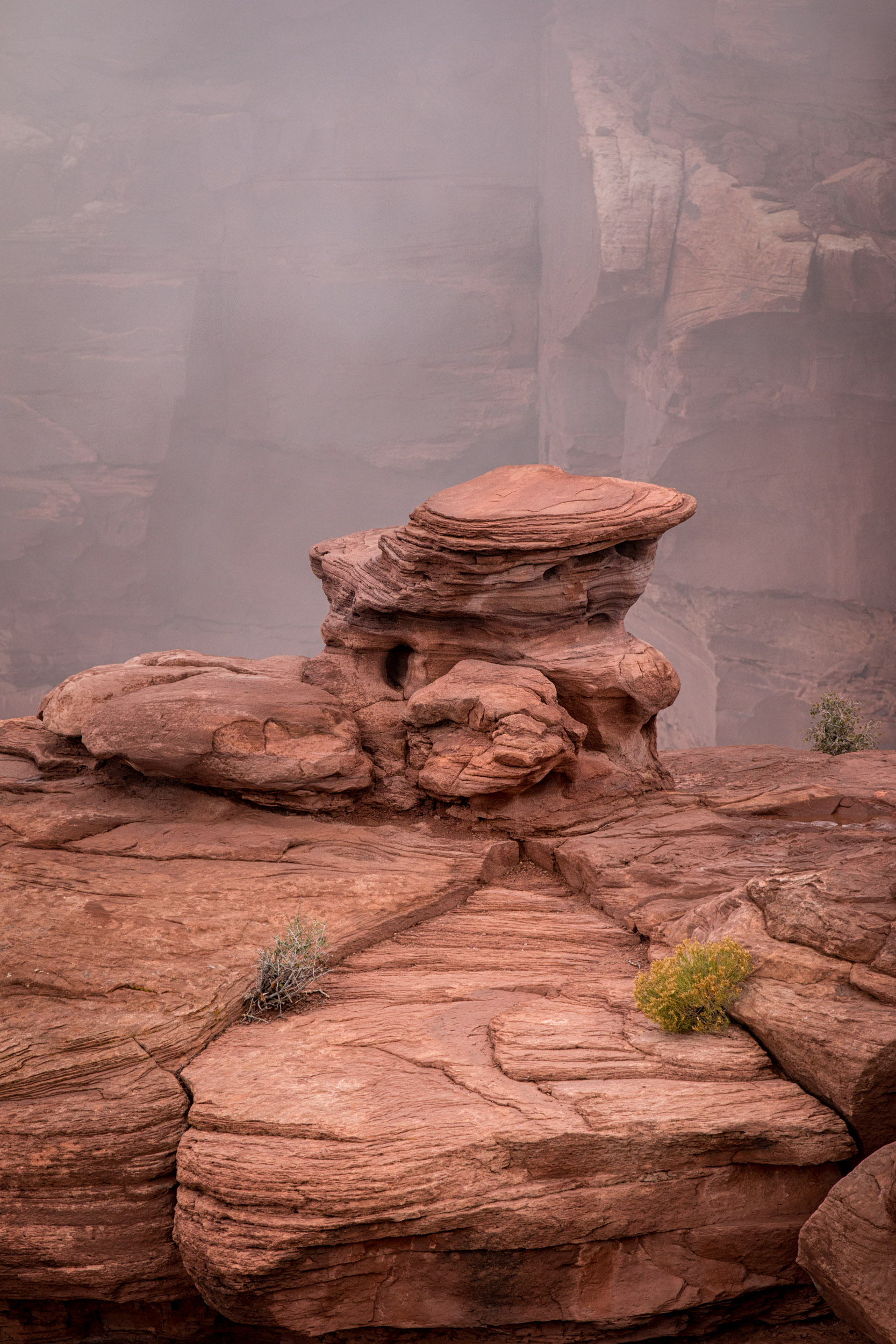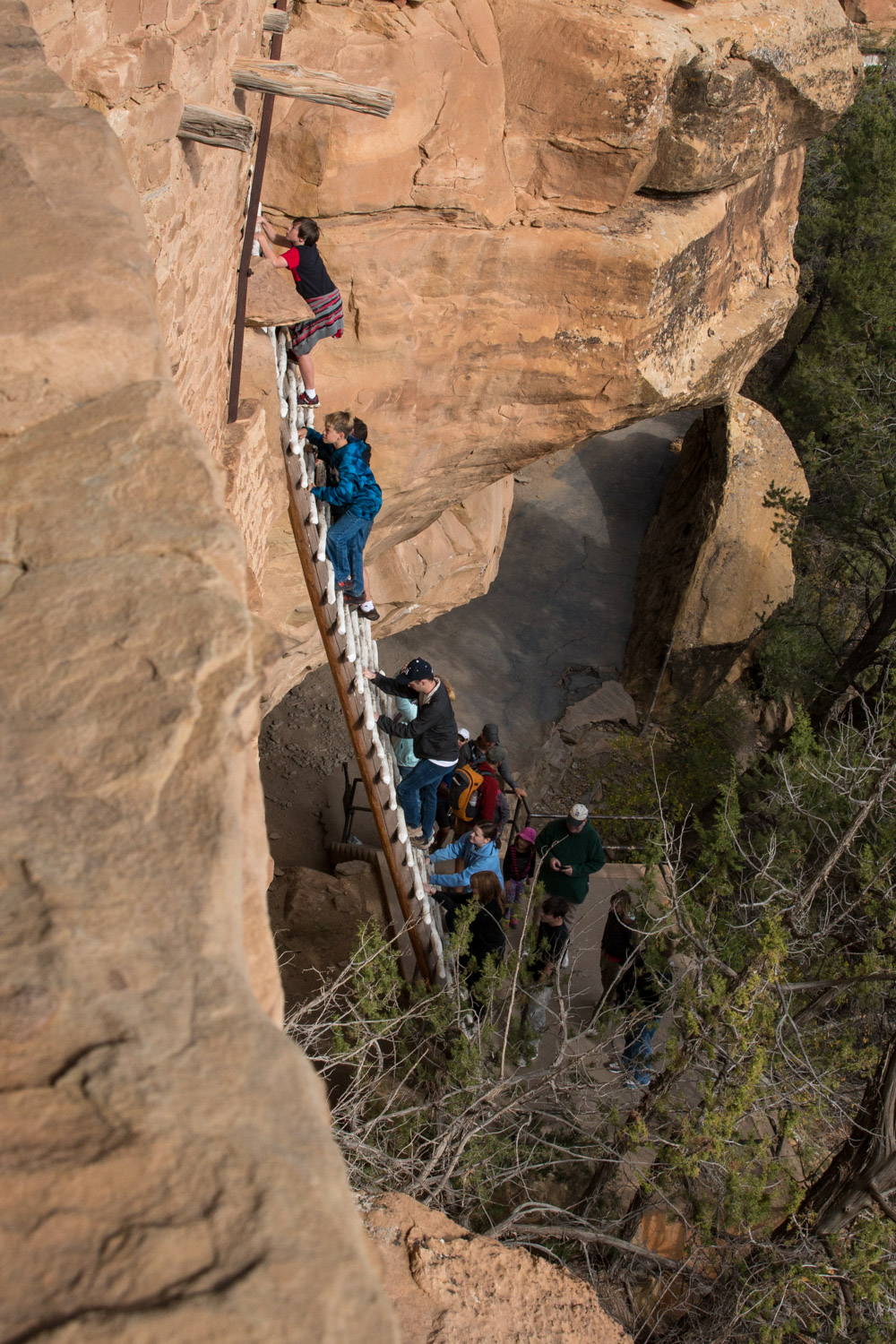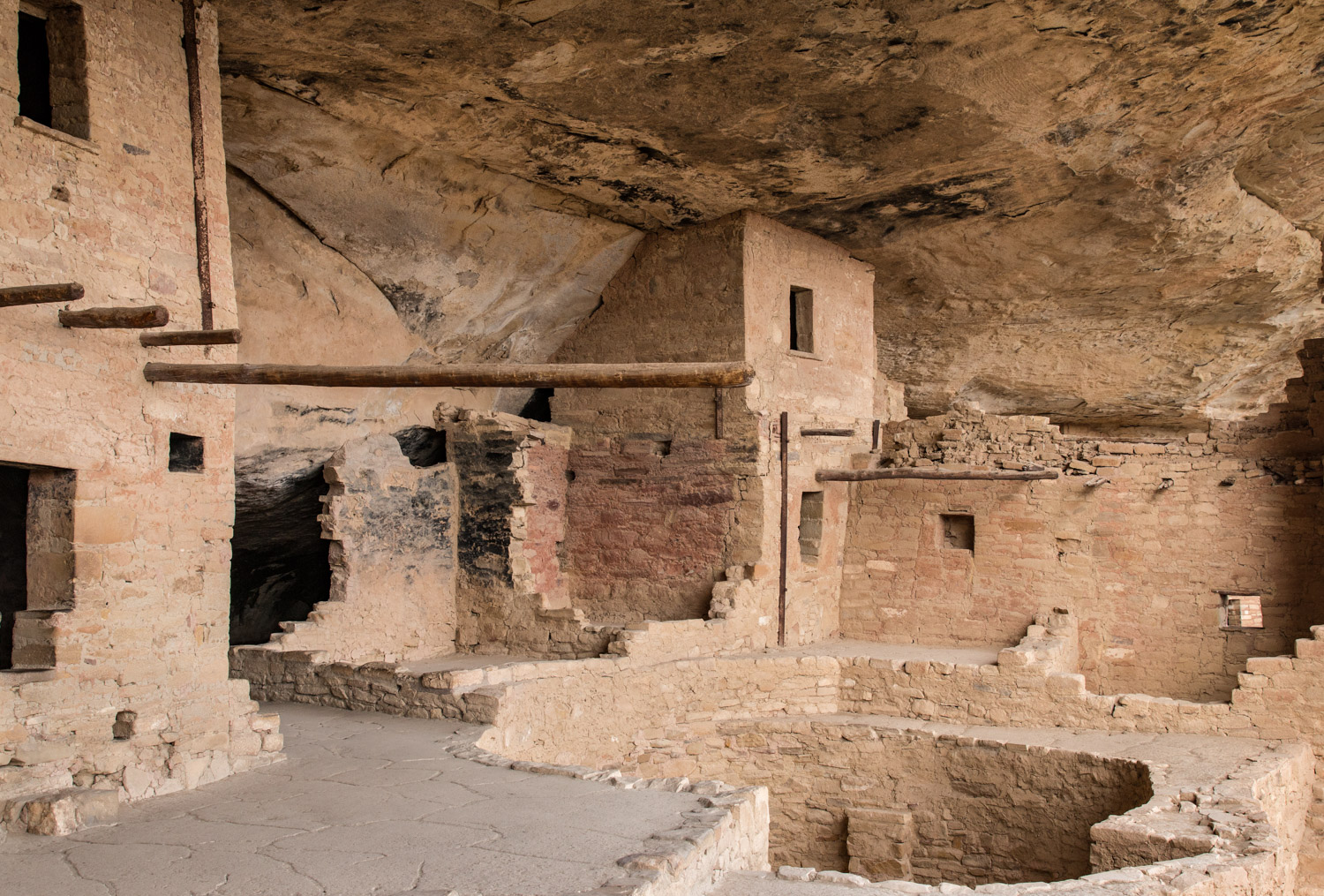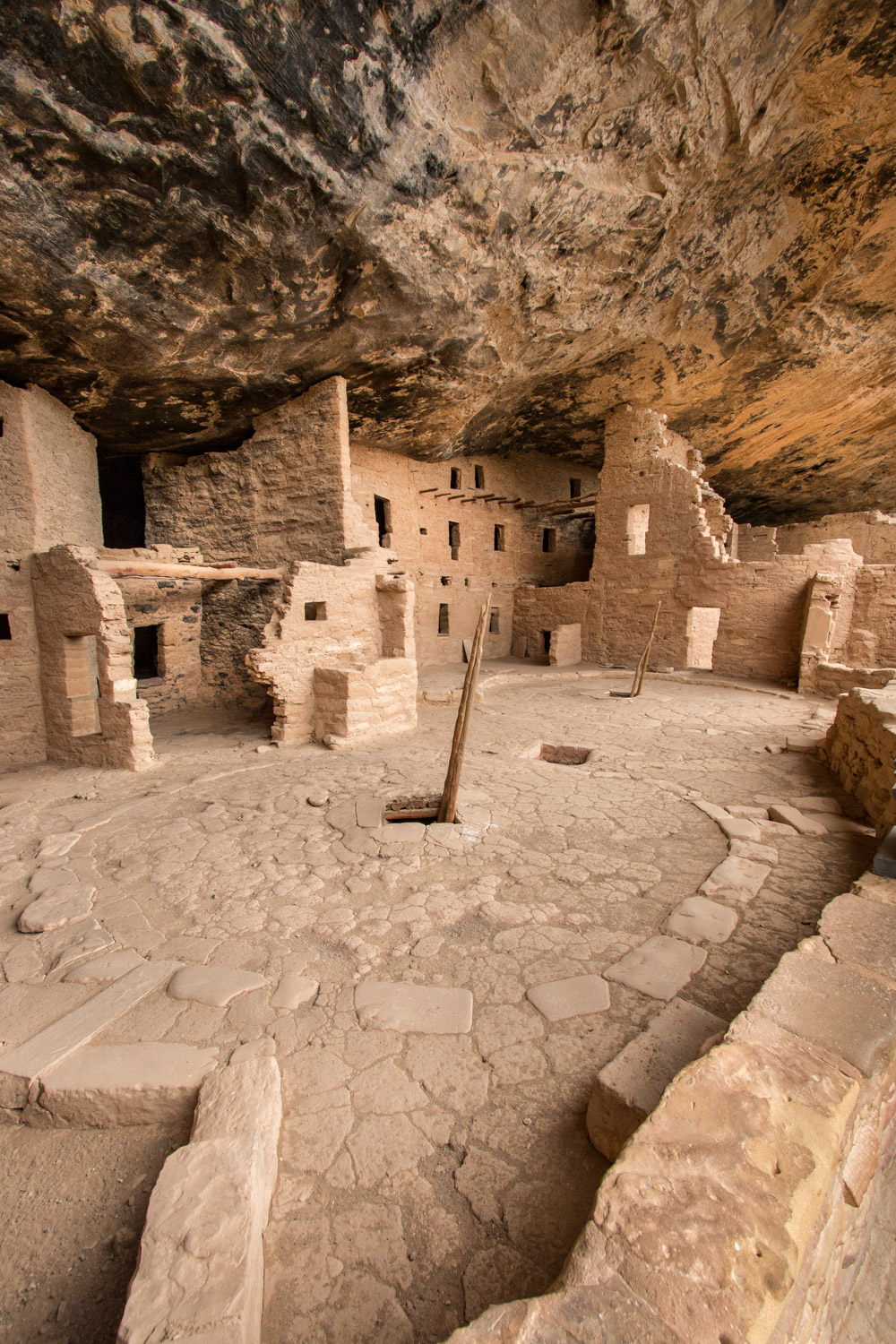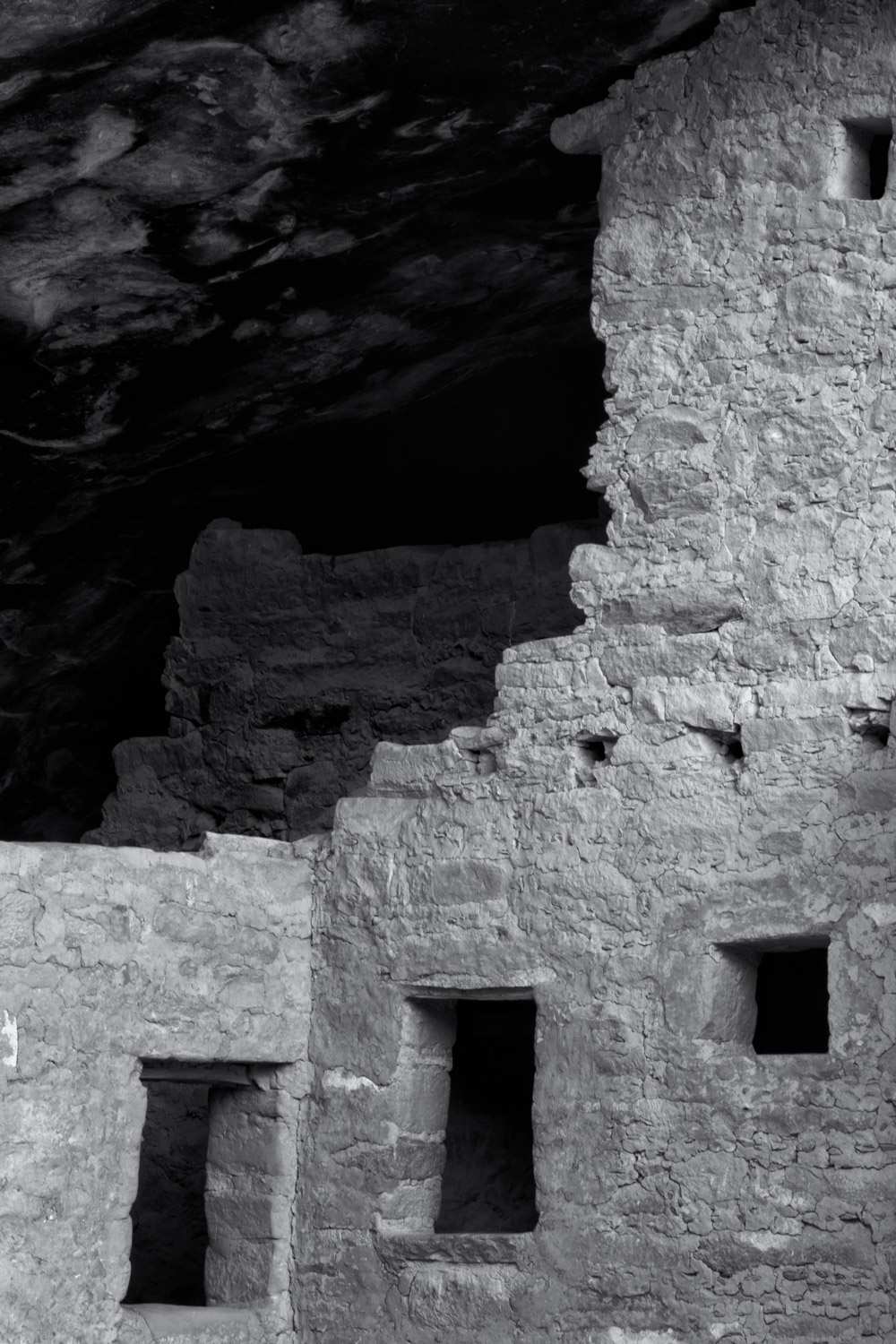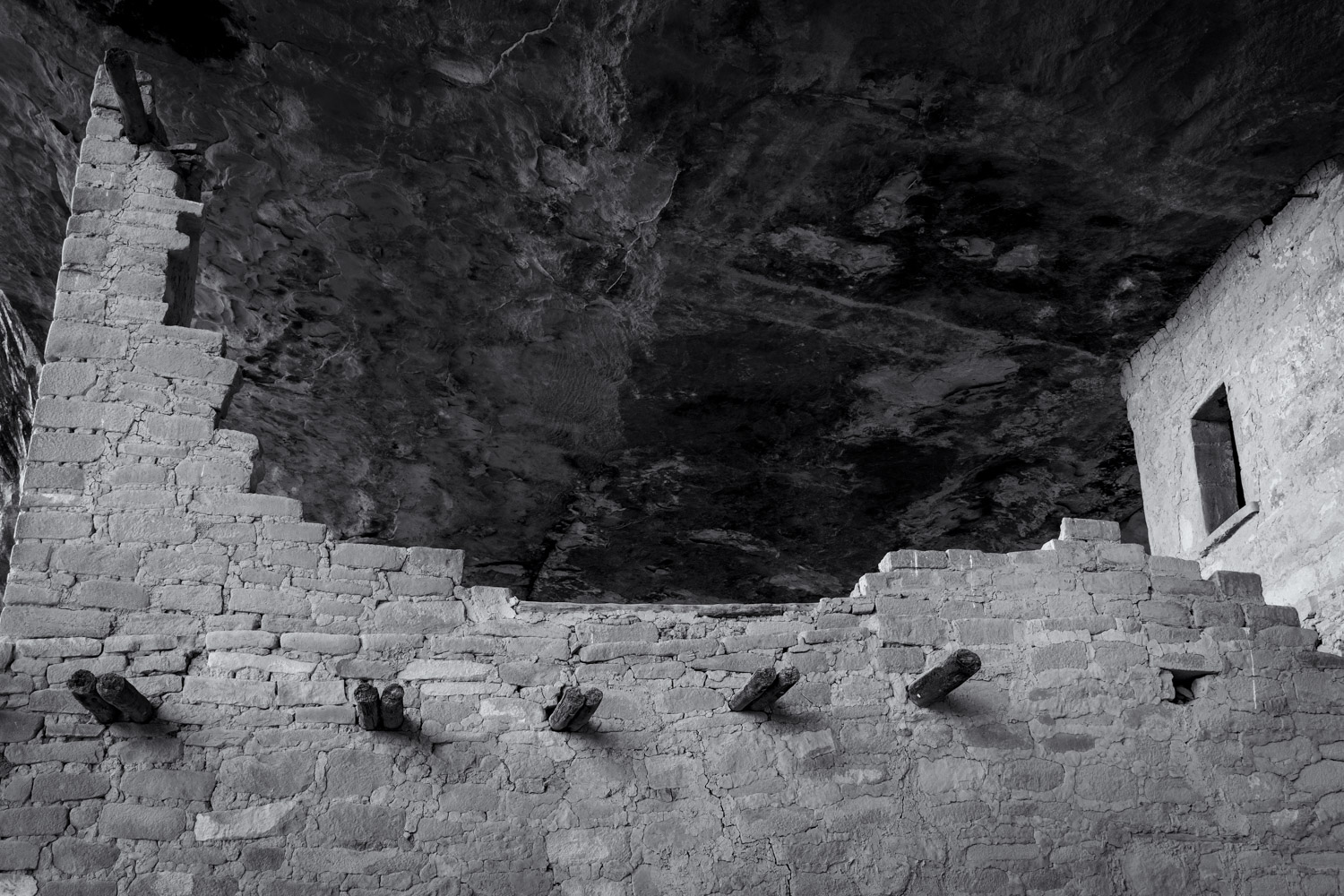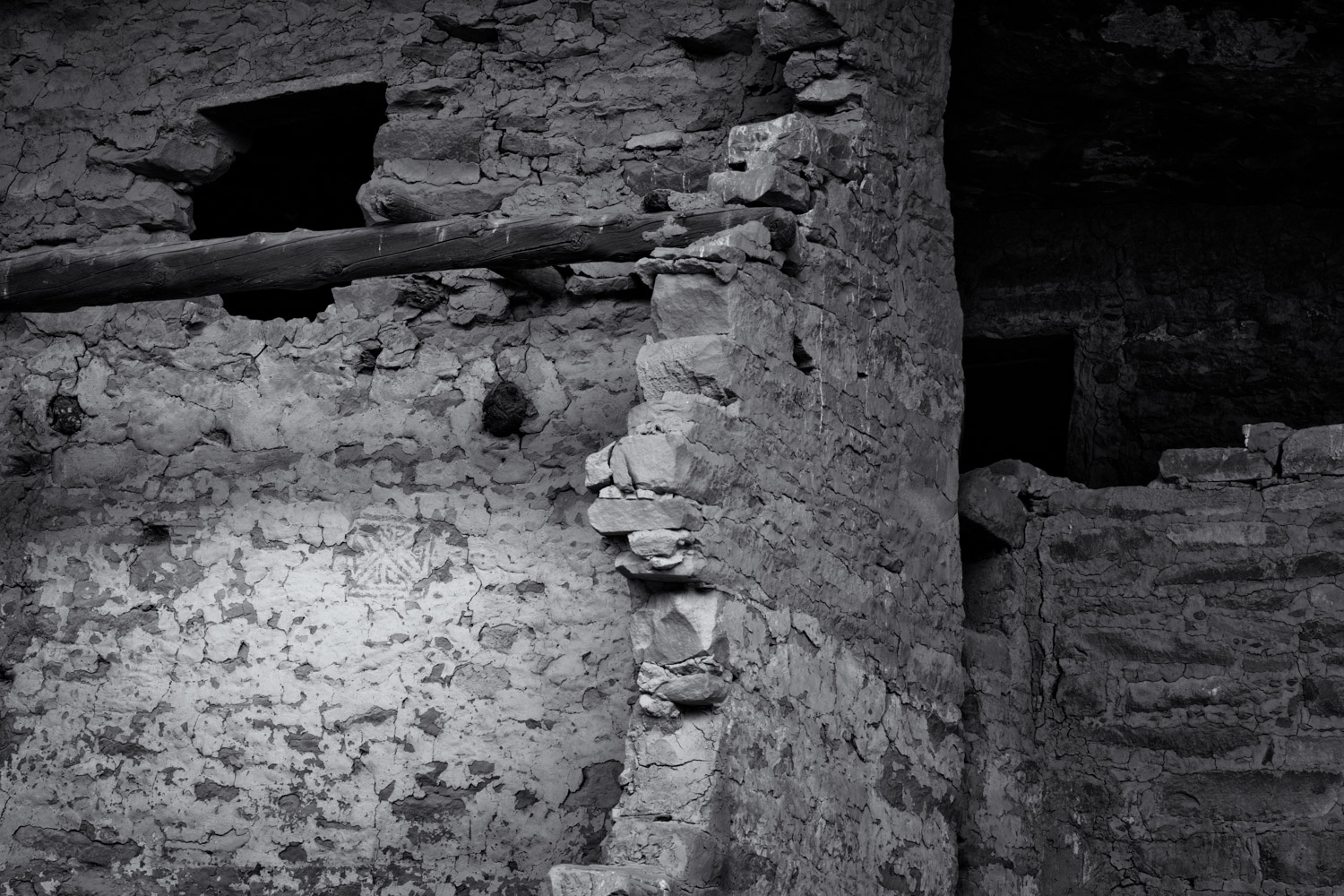Air show, ships, and a beautiful San Francisco Fall day.
The Breitling Jet Team turns on Alcatraz Island during Fleet Week San Francisco 2016
A friend told us months ago about a special way to see an airshow. "From the deck of the WWII Liberty ship USS Jeremiah O'Brien out in San Francisco bay, you'll have a great view" she said. Of course we would have to book in advance, gamble on the weather, and take whatever angles were presented to us. But cameras in hand we arrived on a beautiful, clear and warm fall morning. Soon we were on deck and the ship departed for a leisurely cruise under the Golden Gate Bridge.
The tug Taurus sheperds the USS Jeremiah O'Brien under the Golden Gate Bridge.
After watching the Bridge and the ships and sailboats, we toured the ship including the engine room. This was an up close view of pumping connecting rods, turning shafts, steam heat, and a symphony of mechanical sounds. I only wish I had brought a flash and had more time. It was a fascinating place.
Meanwhile after the tour the ship steadied upon the location we would maintain until after the air show was complete. And cameras in hand we enjoyed several hours of humans doing things even birds only dream of.
Because we were at the east end of the flight line, the jets would often pass very close to where we were. Very close. As in count the access panels on the bottom of the aircraft close.
And then there were the Blue Angels. Six F/A-18s bringing the sound of power to the bay with their close precision, high speed acrobatics.
And of course we had to try and capture the feeling of the day in our artwork:
It was a great day to be on the Bay

